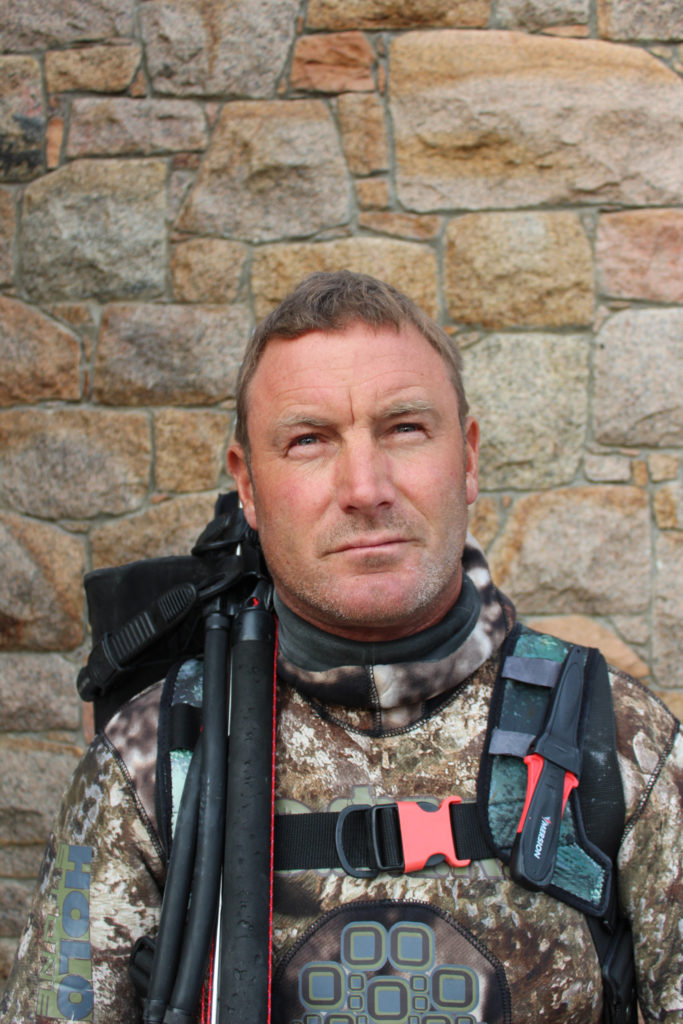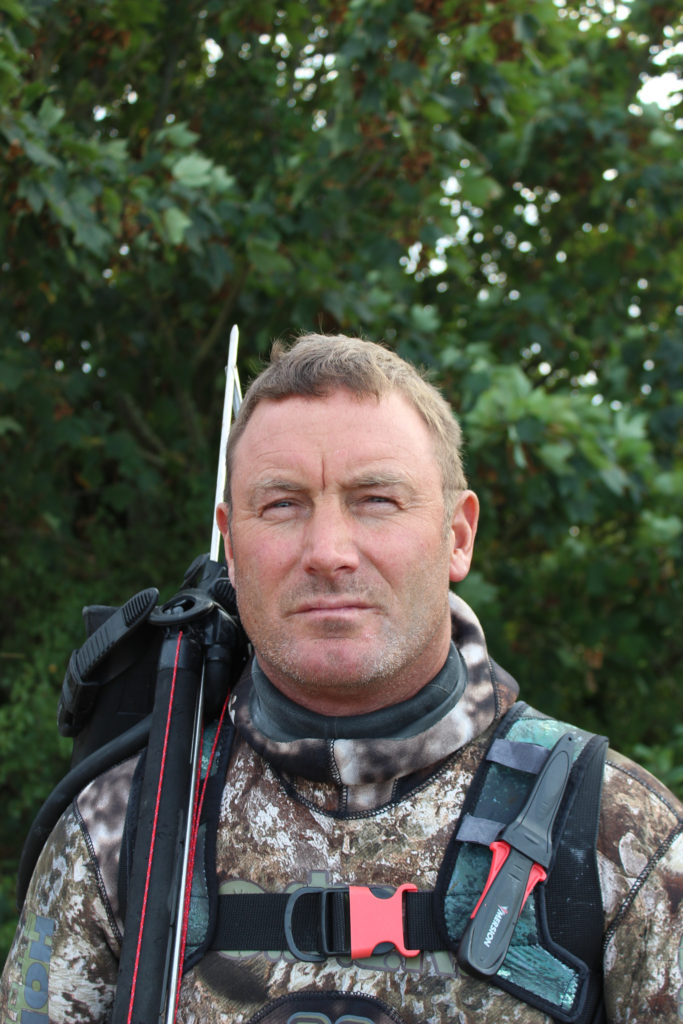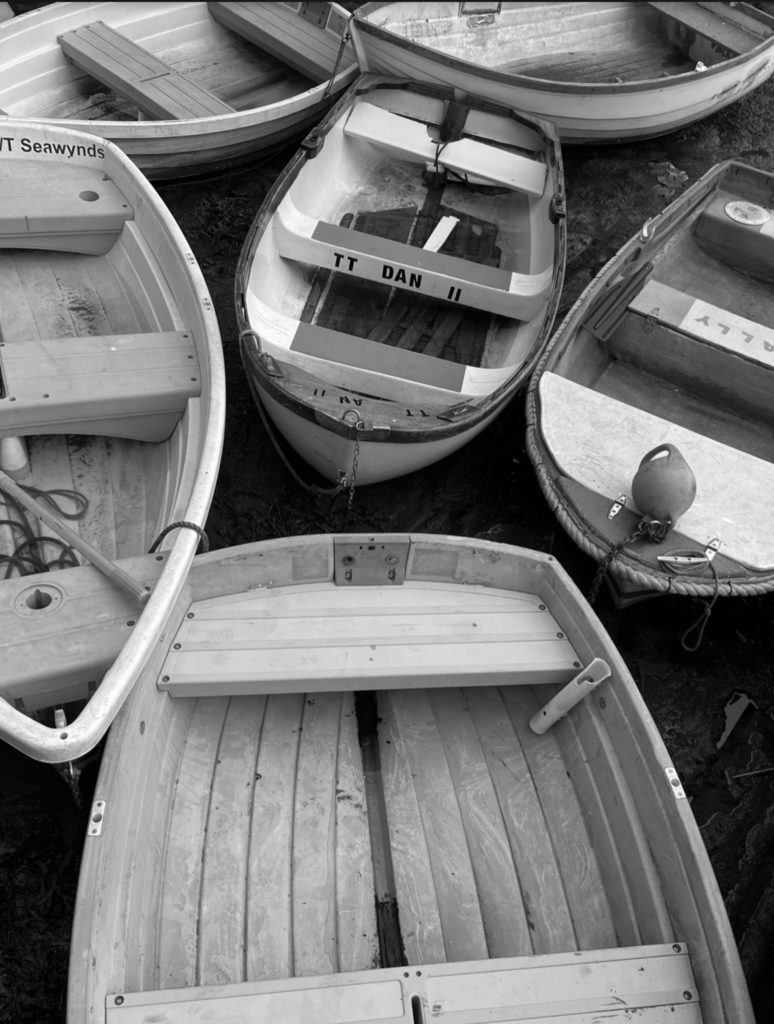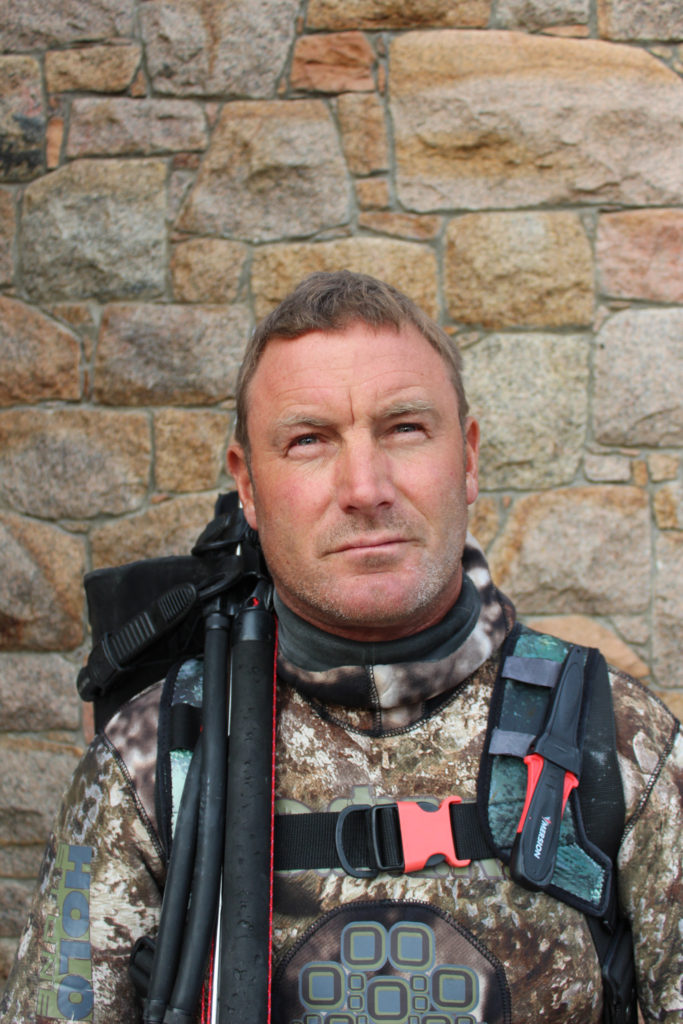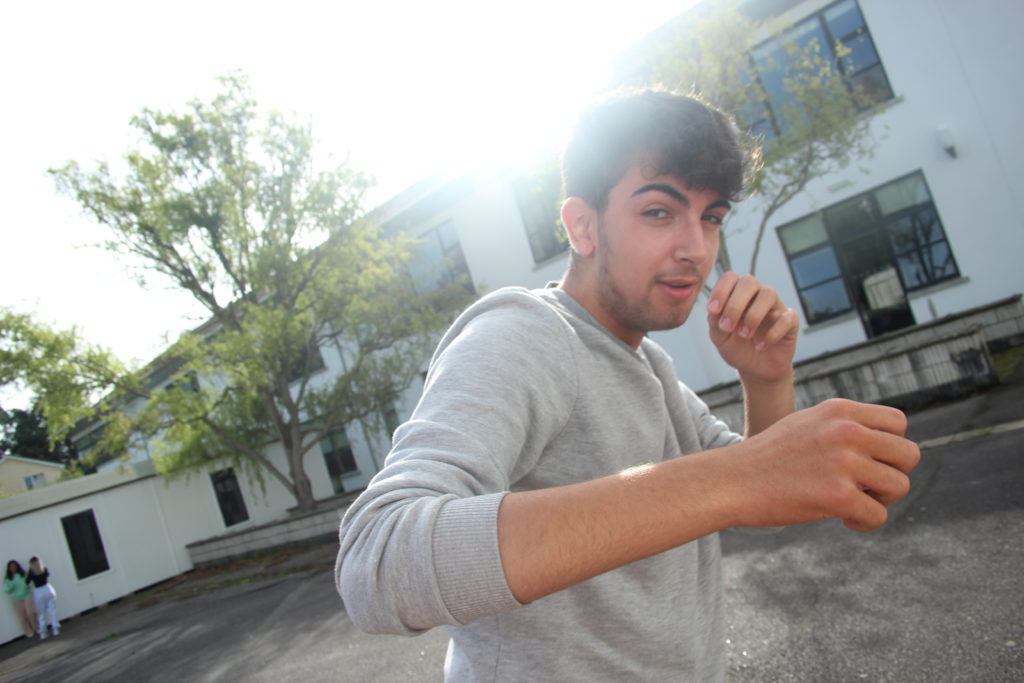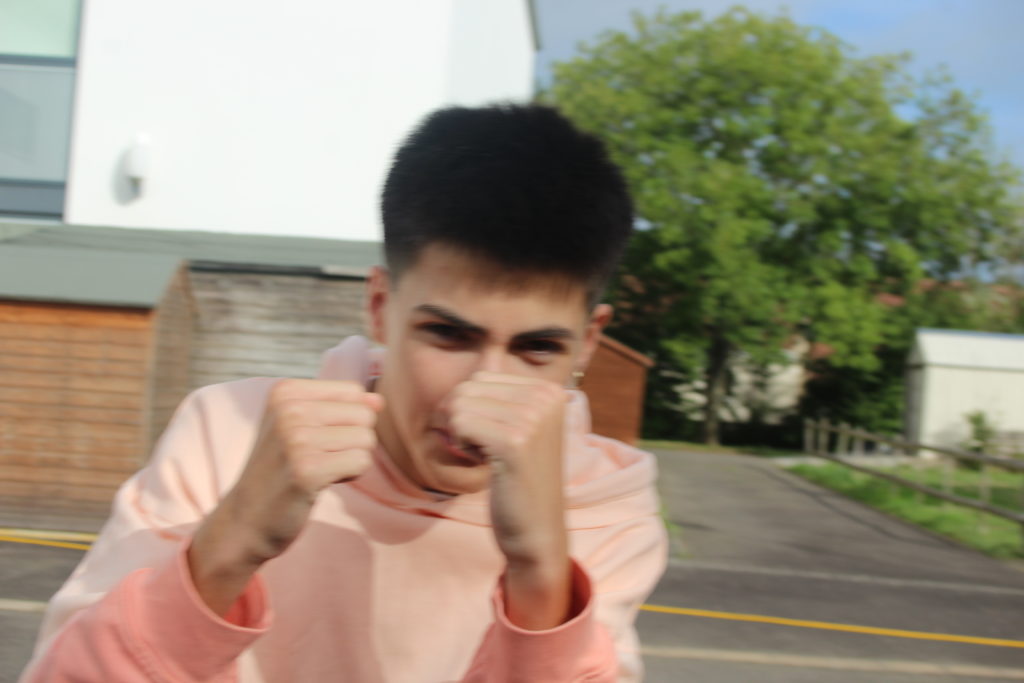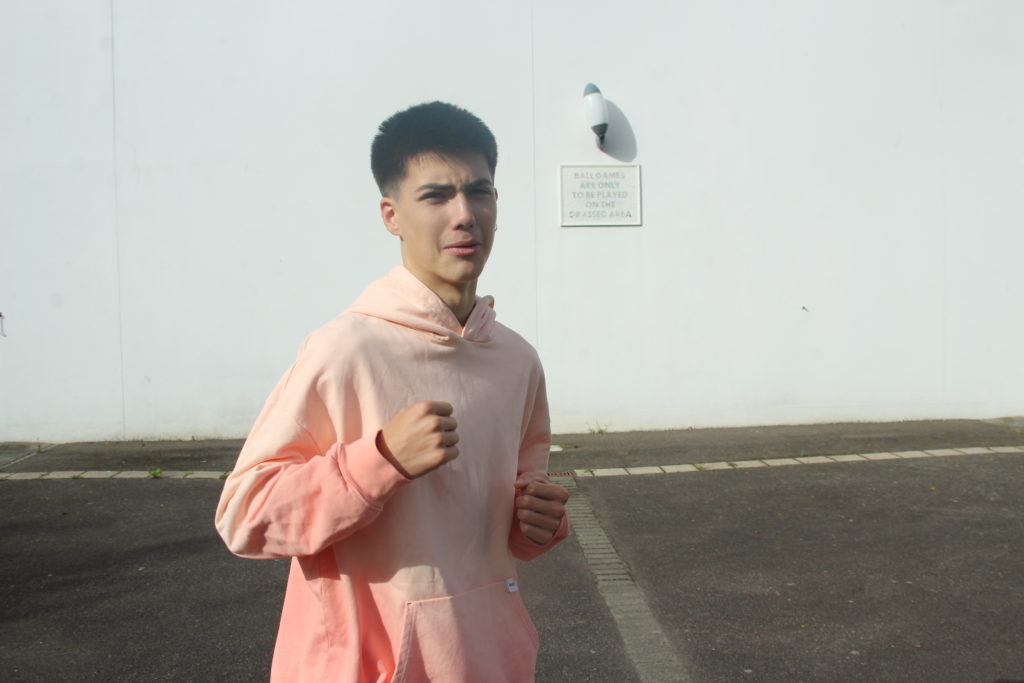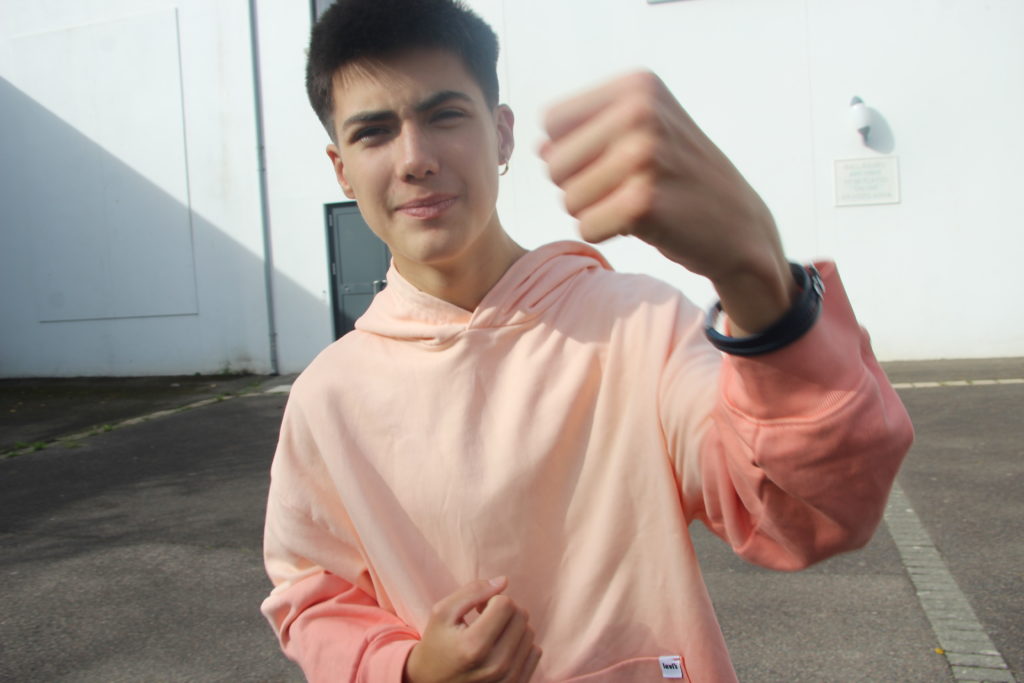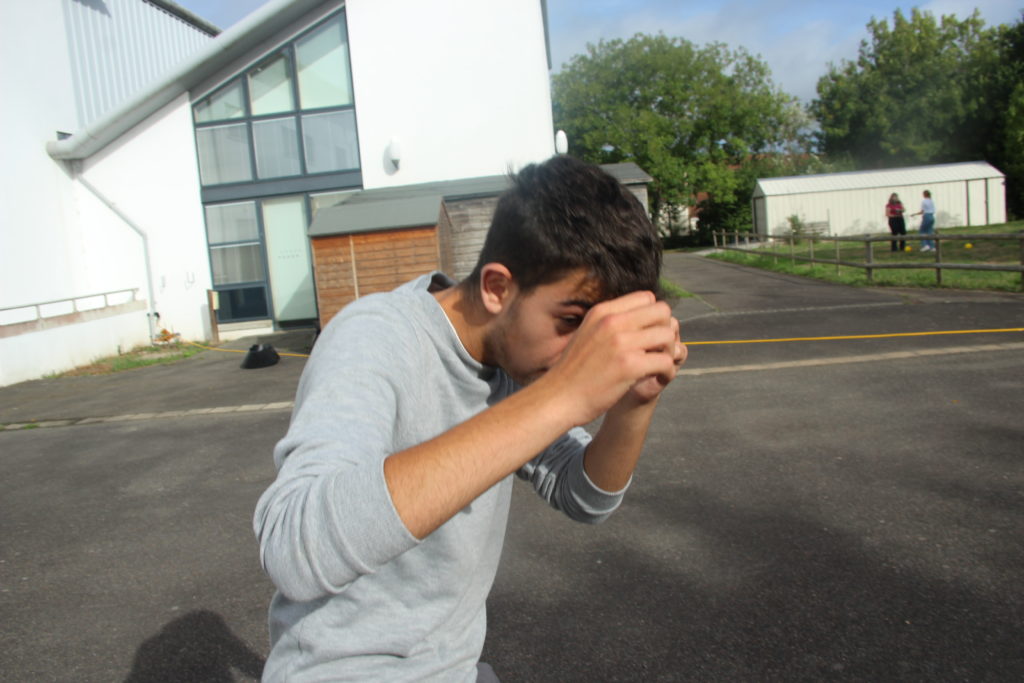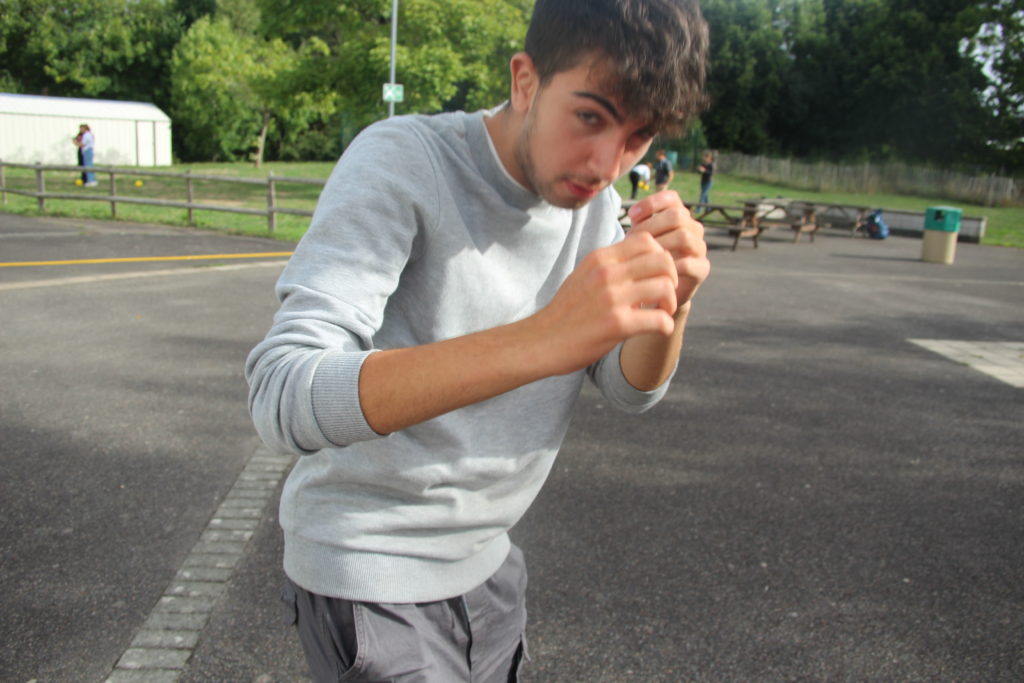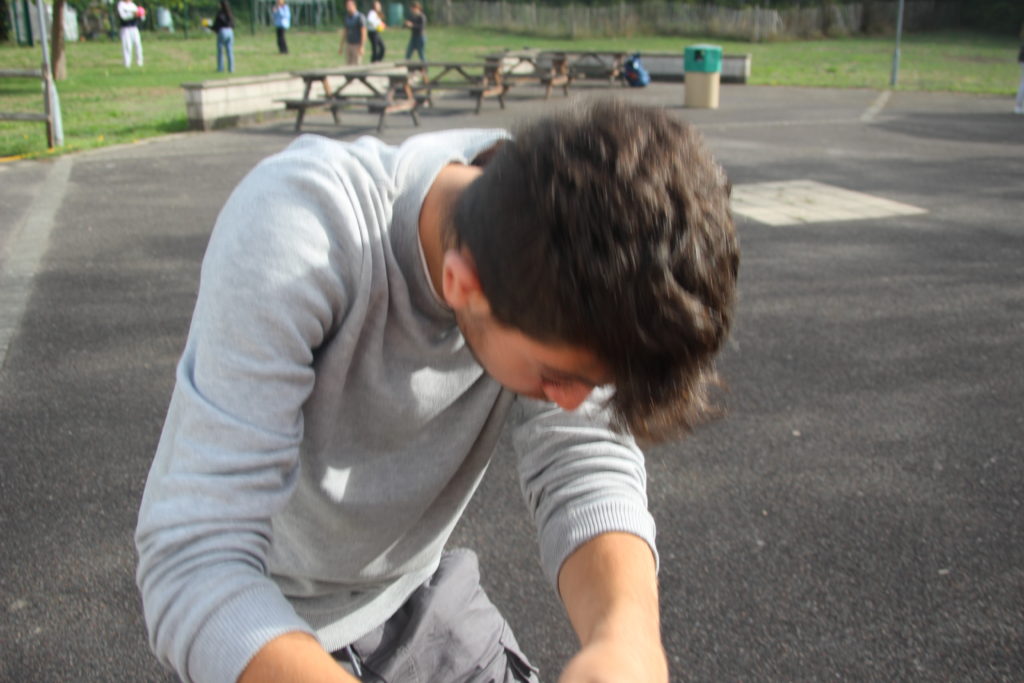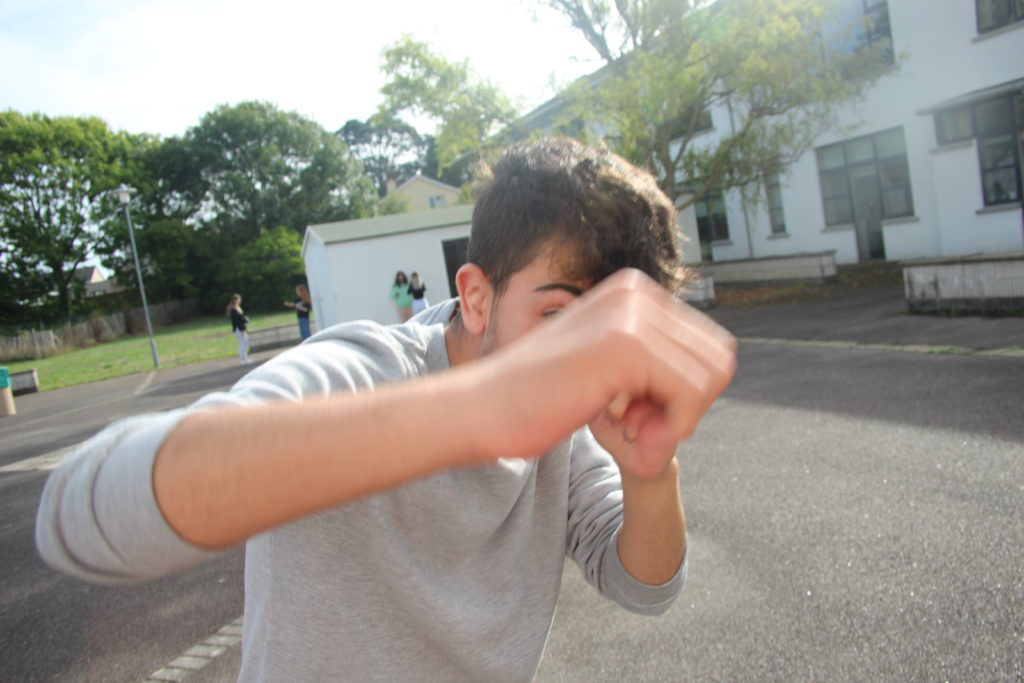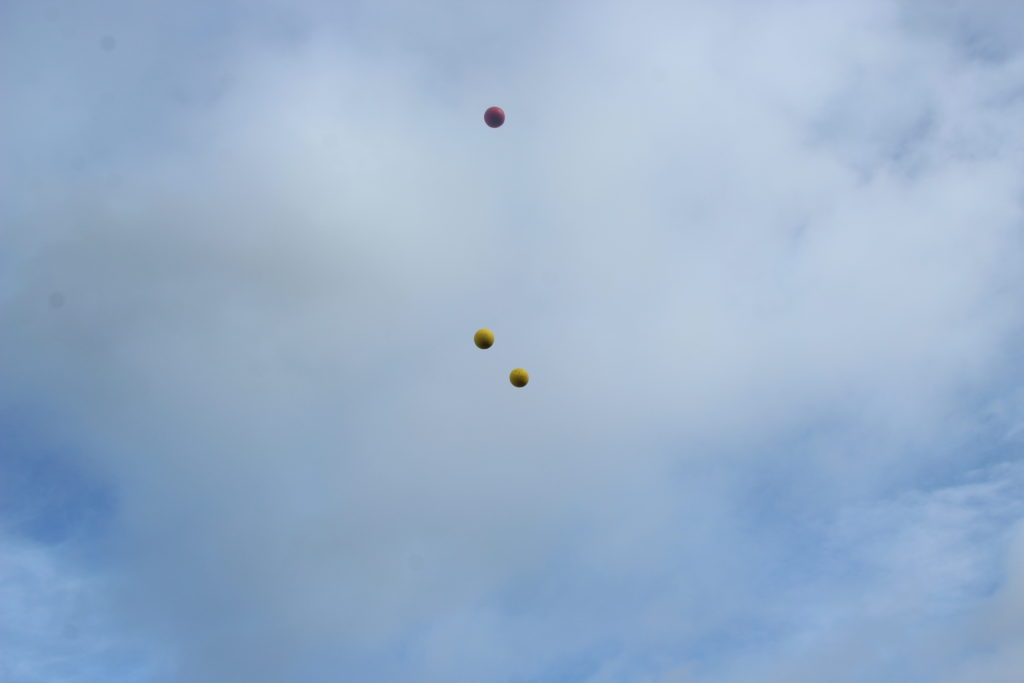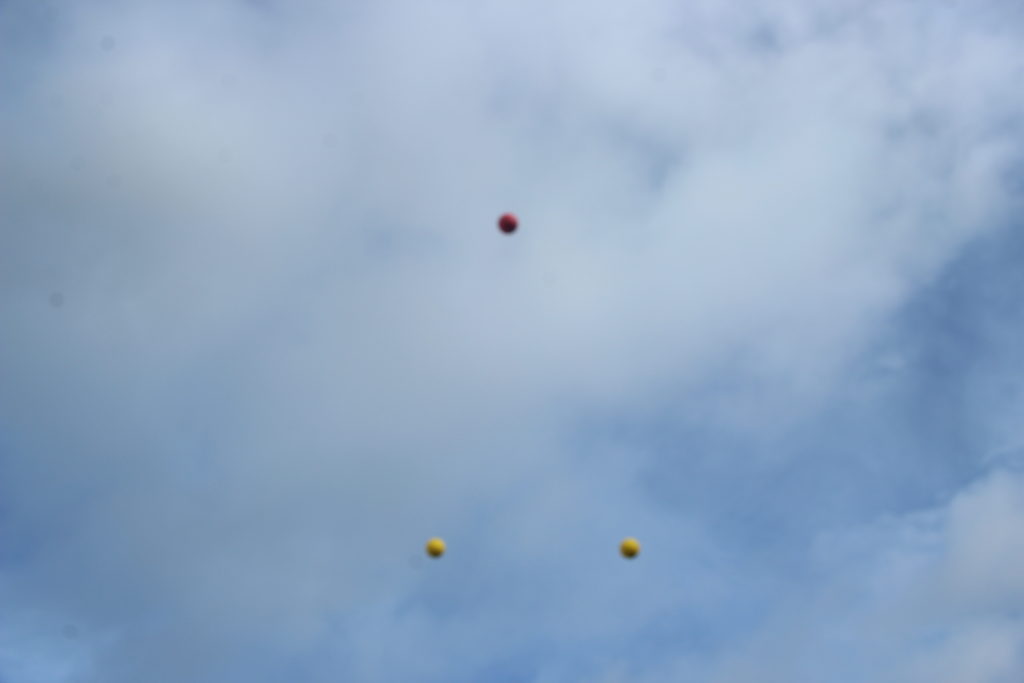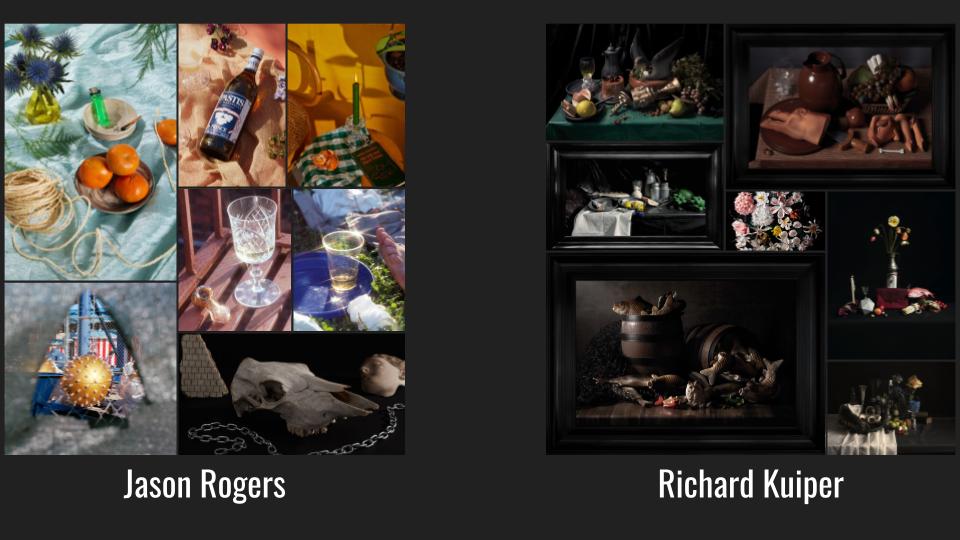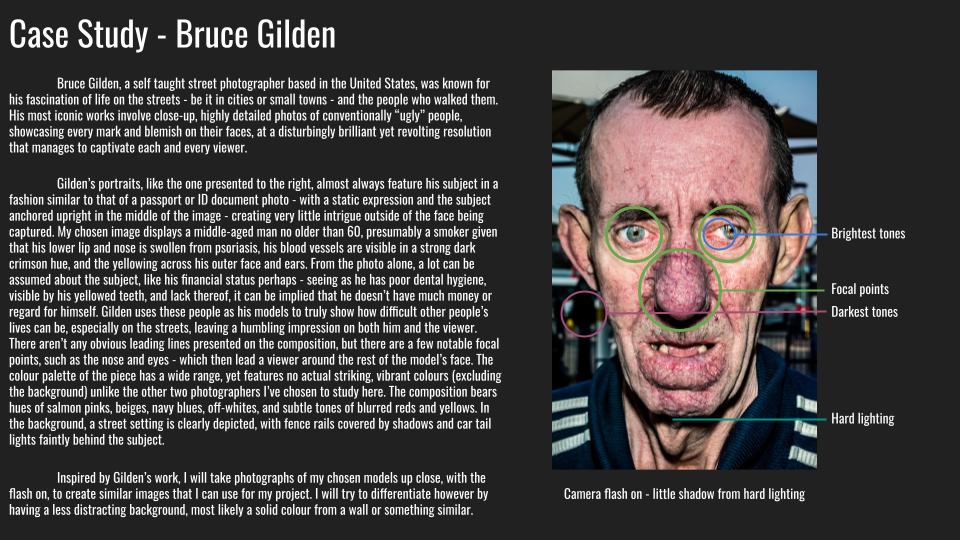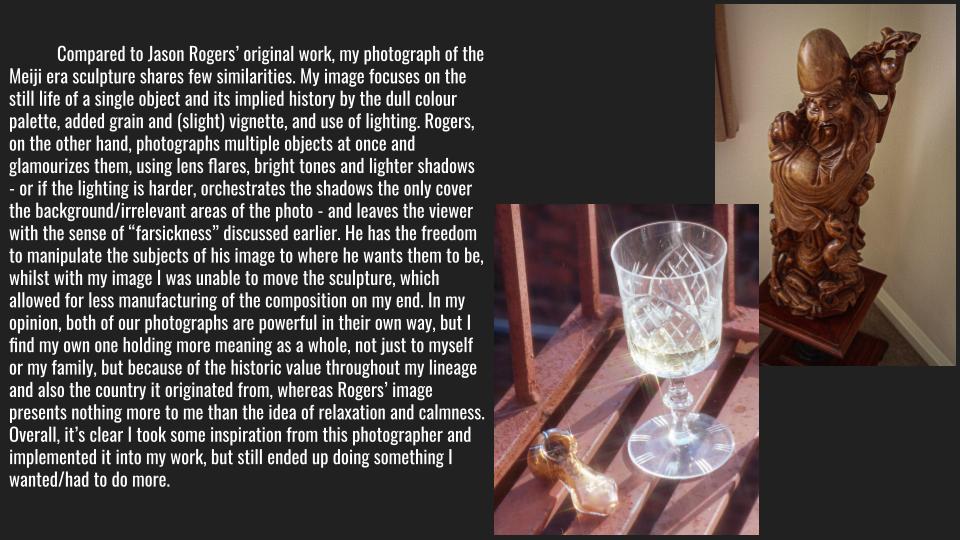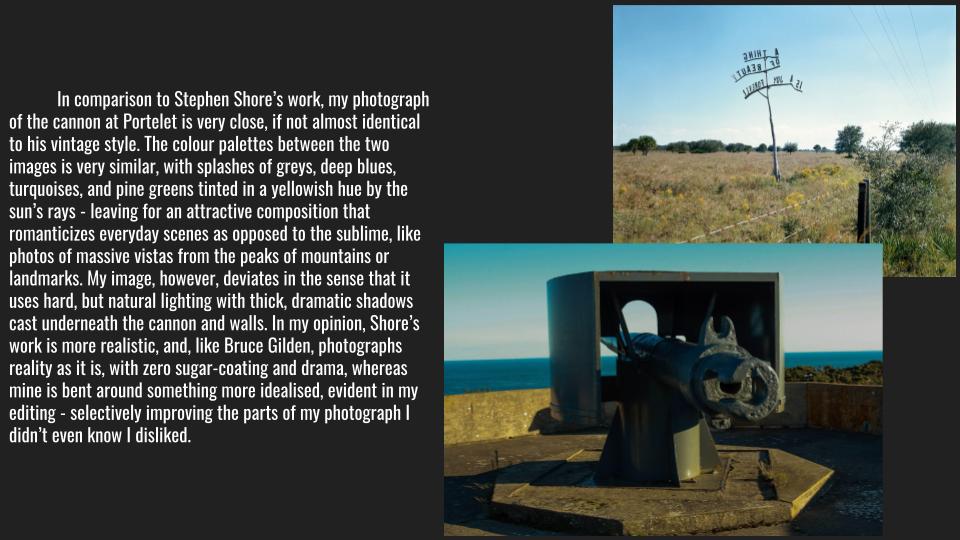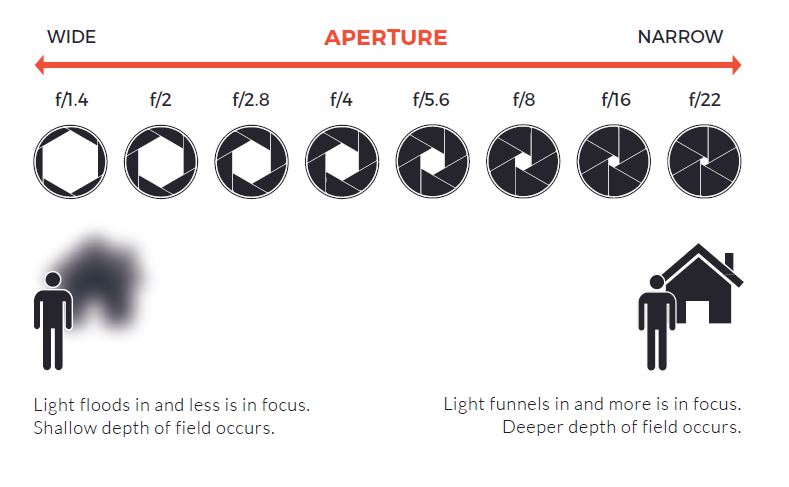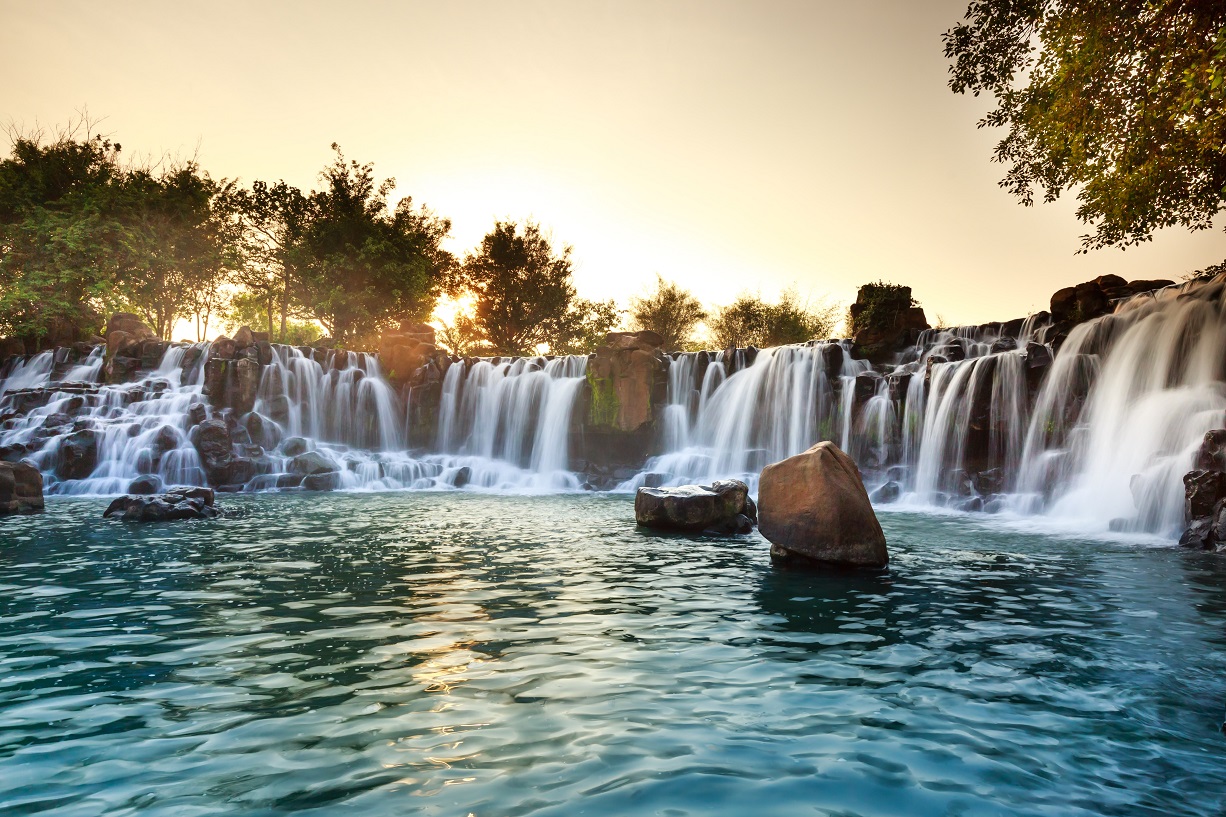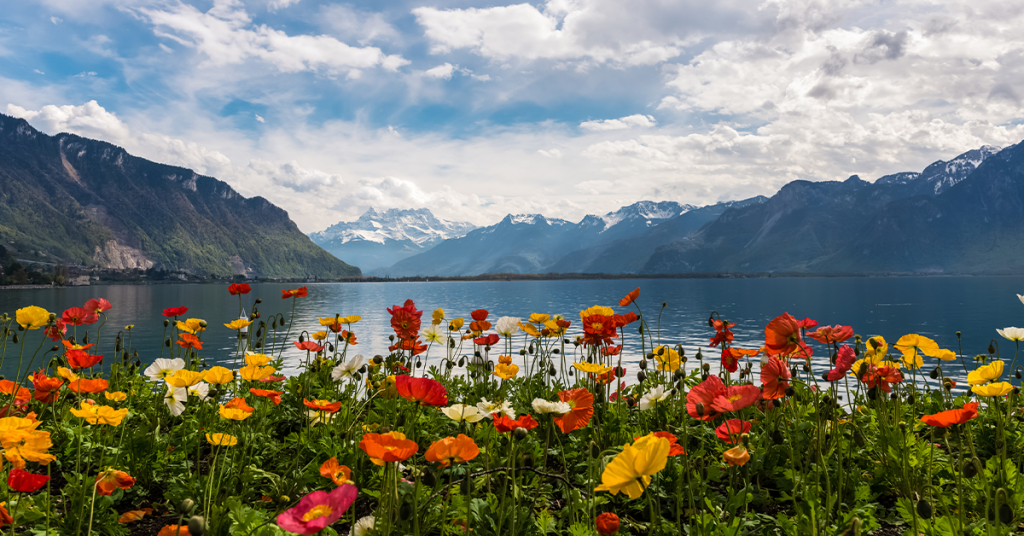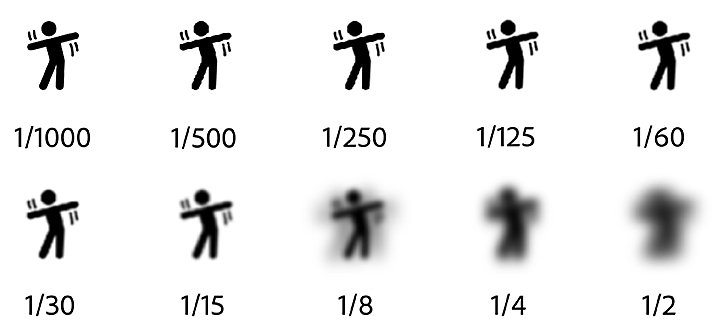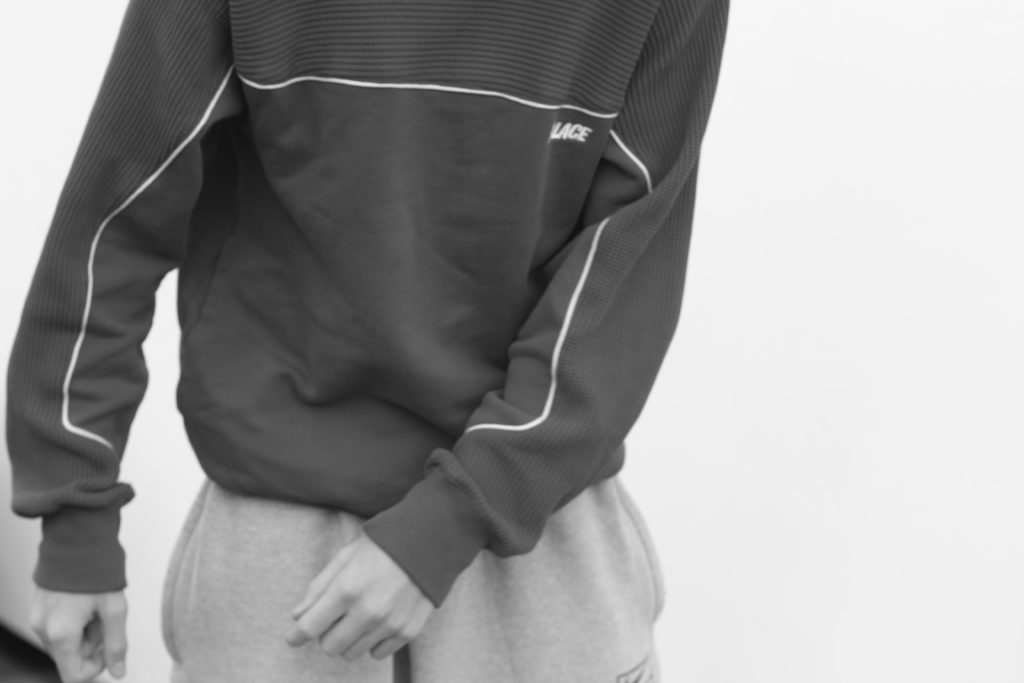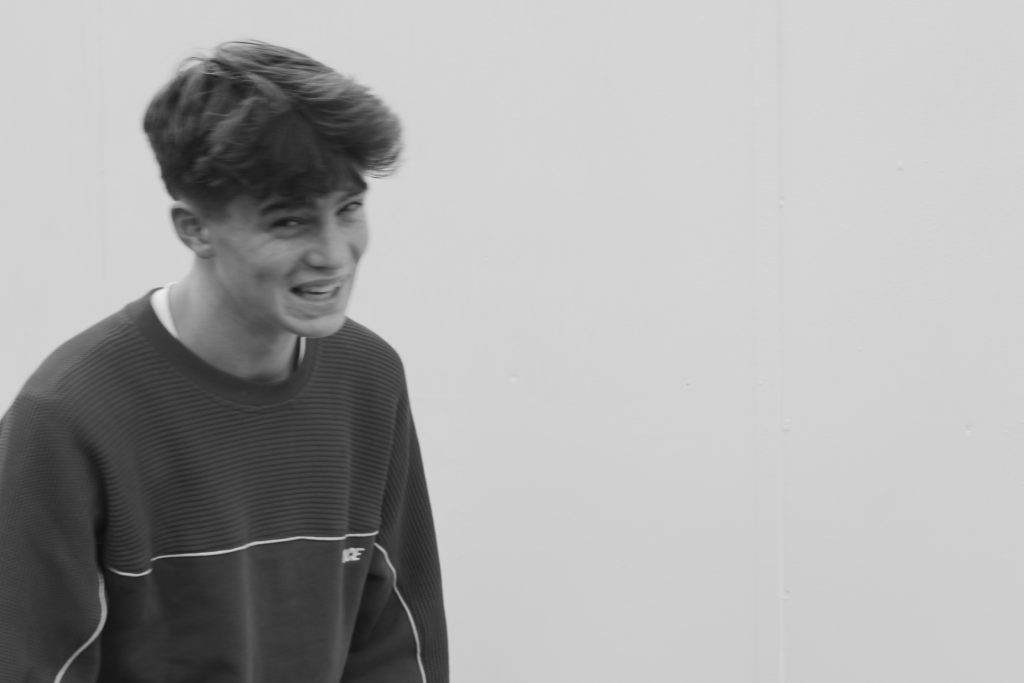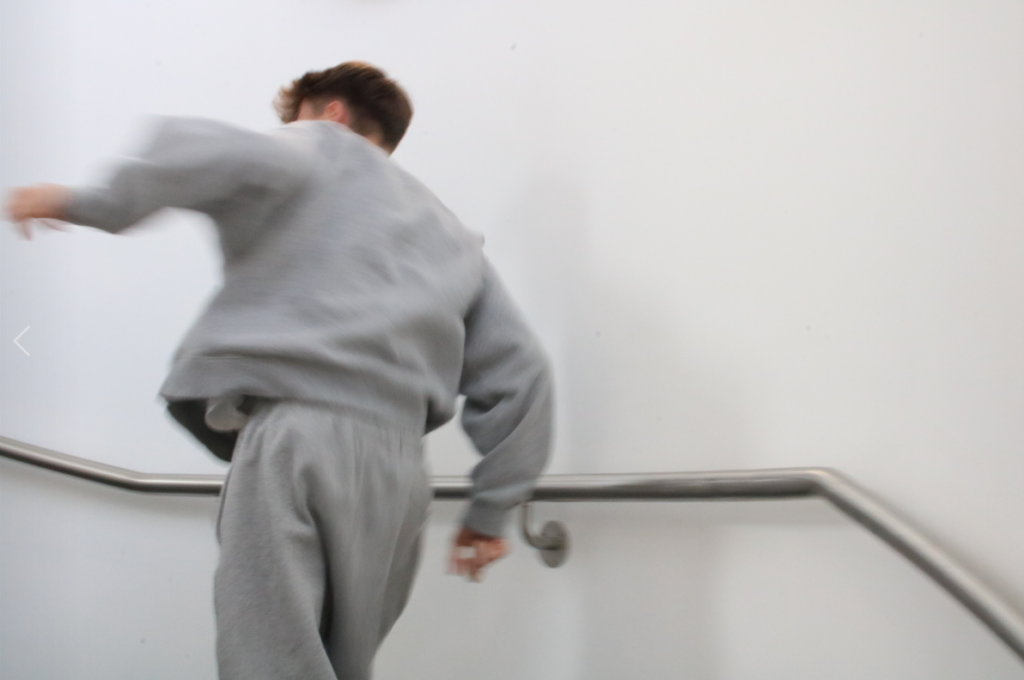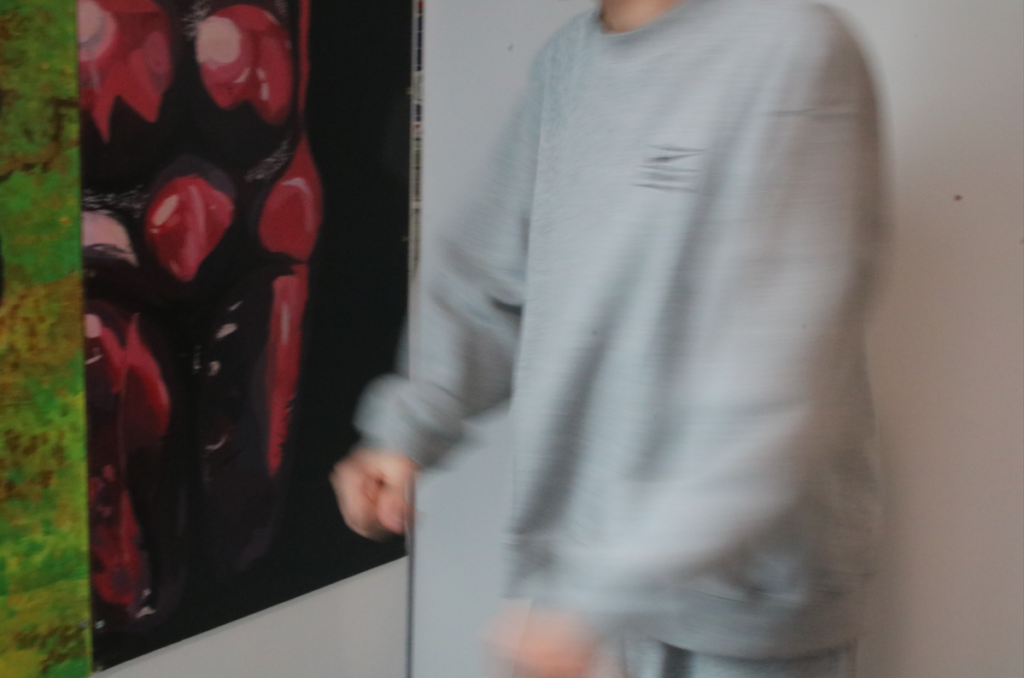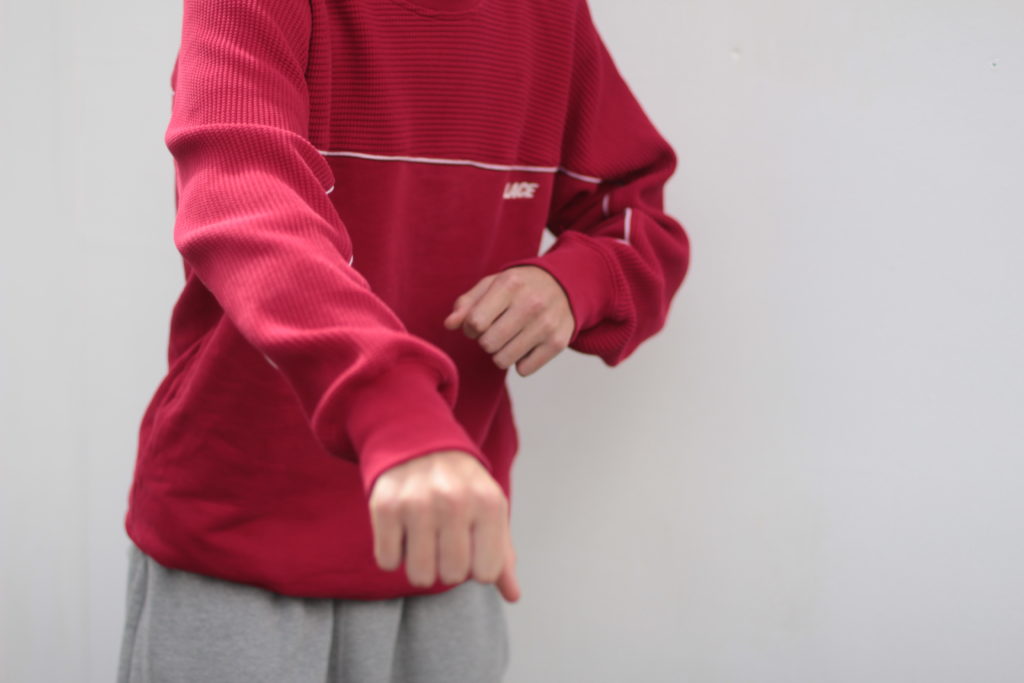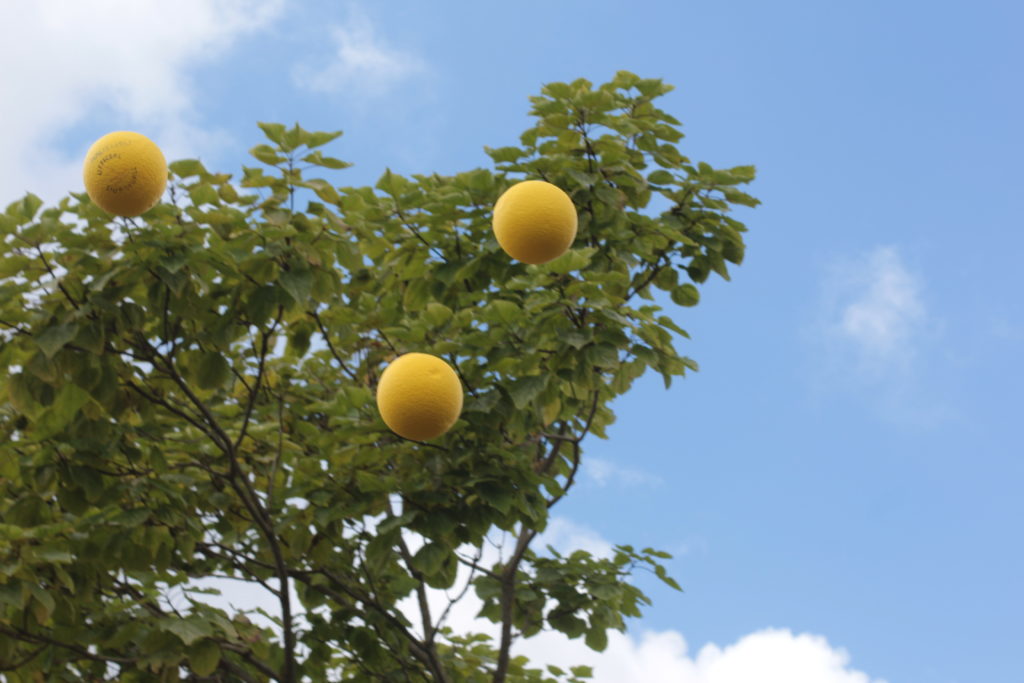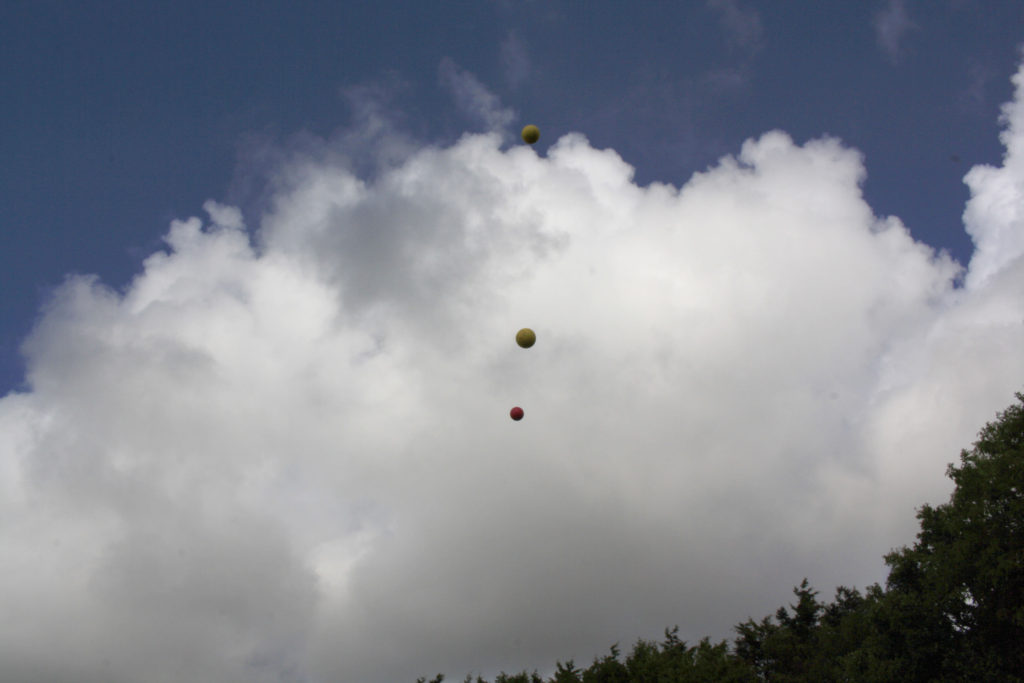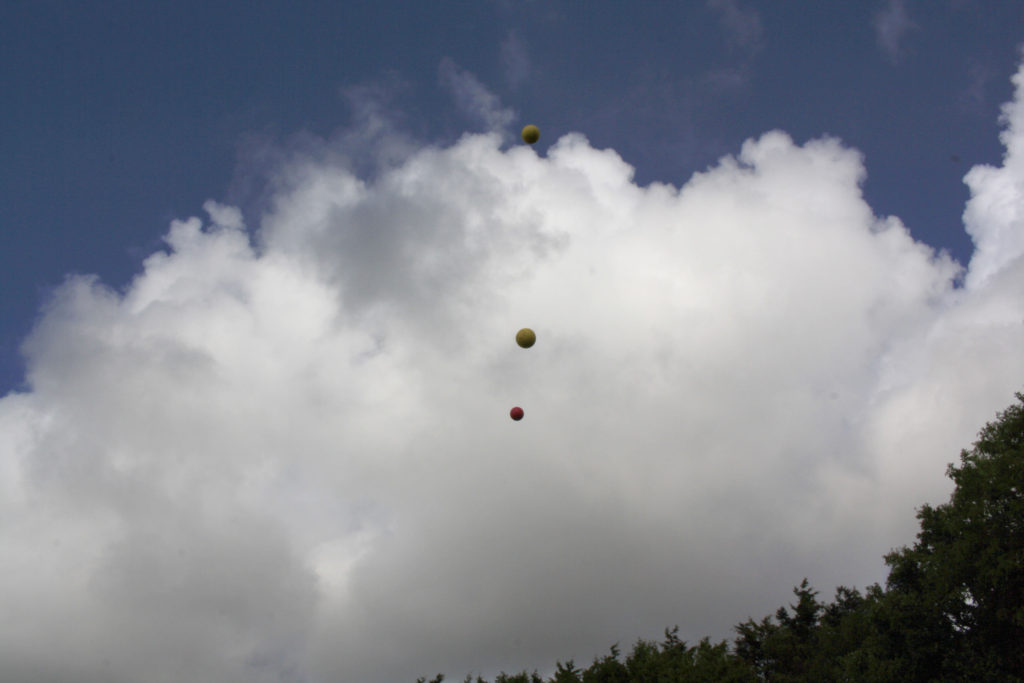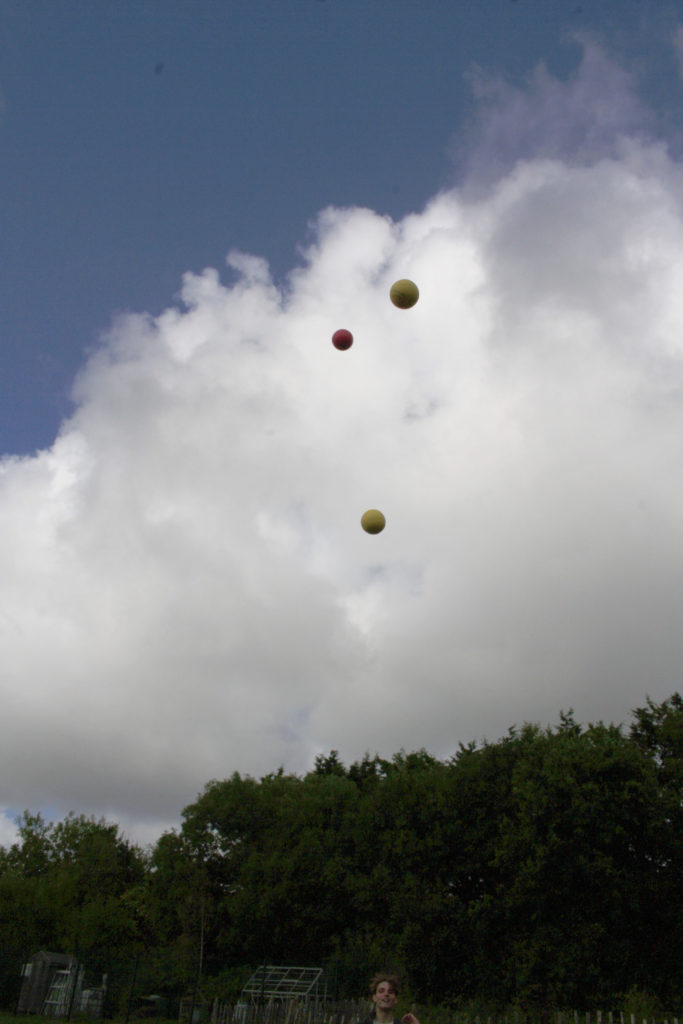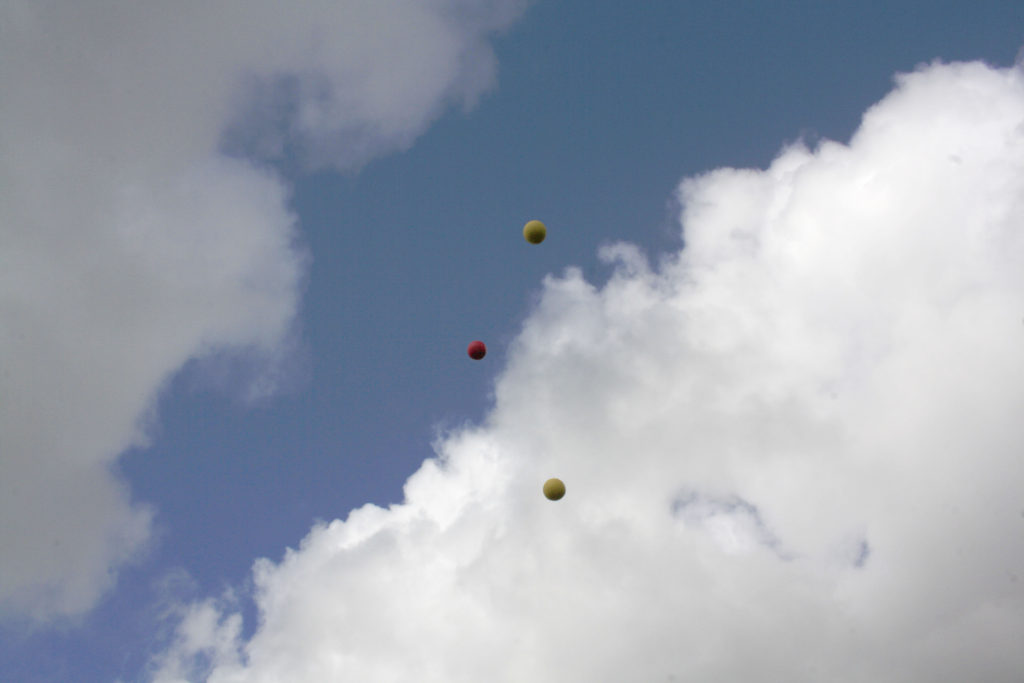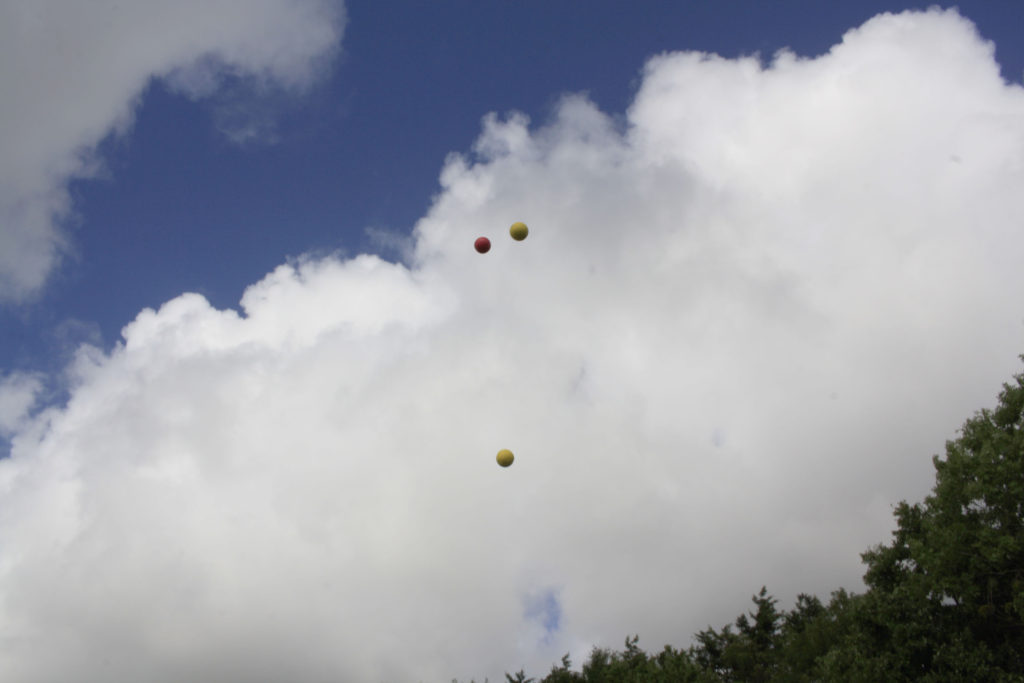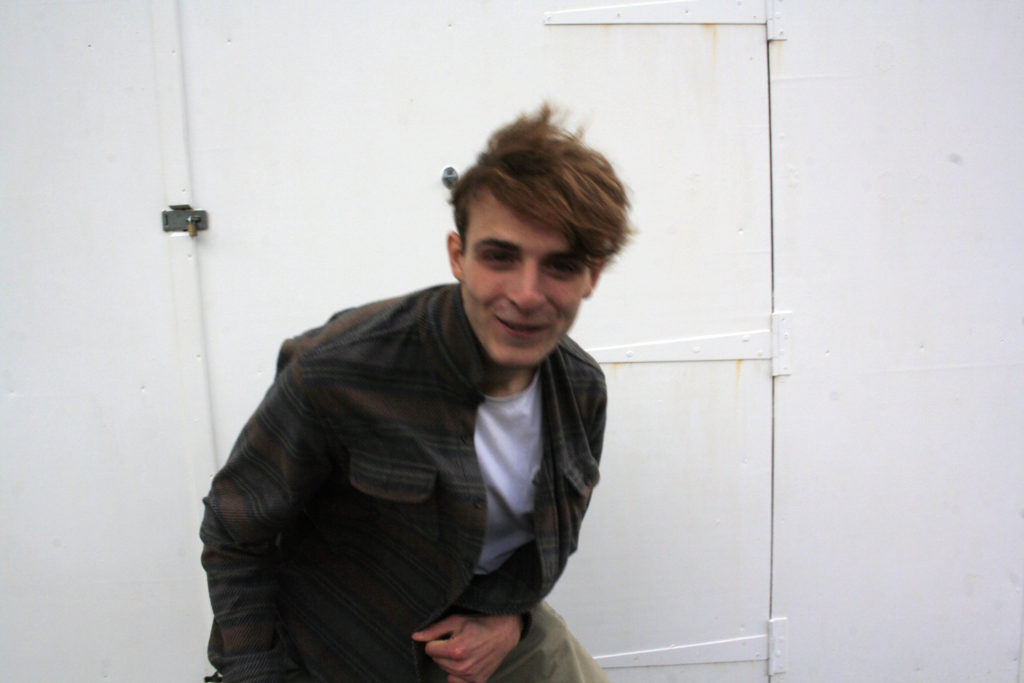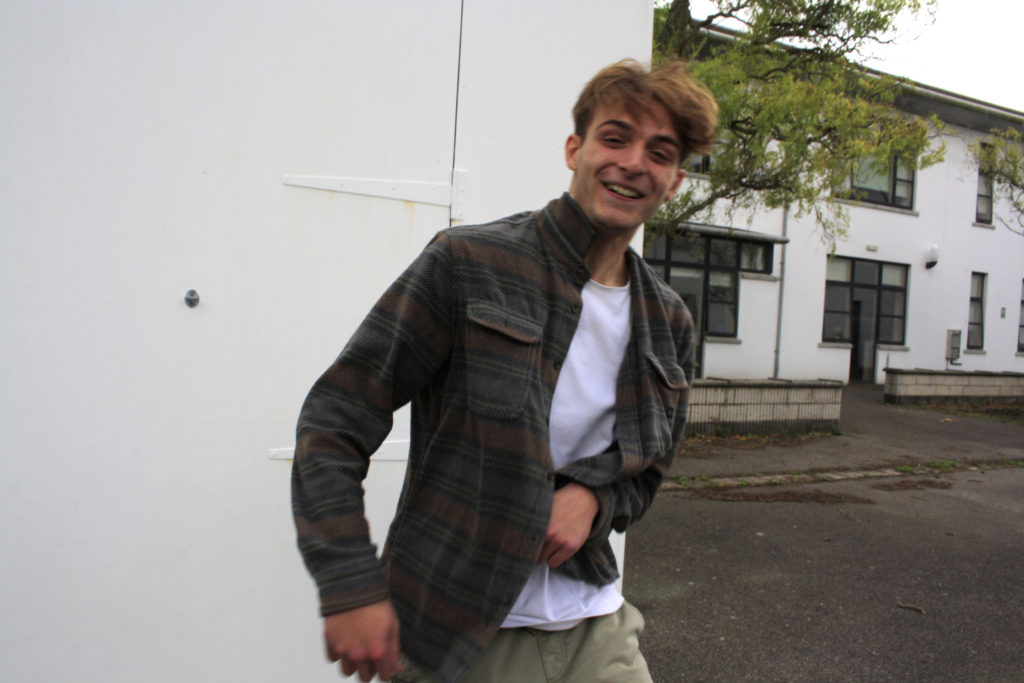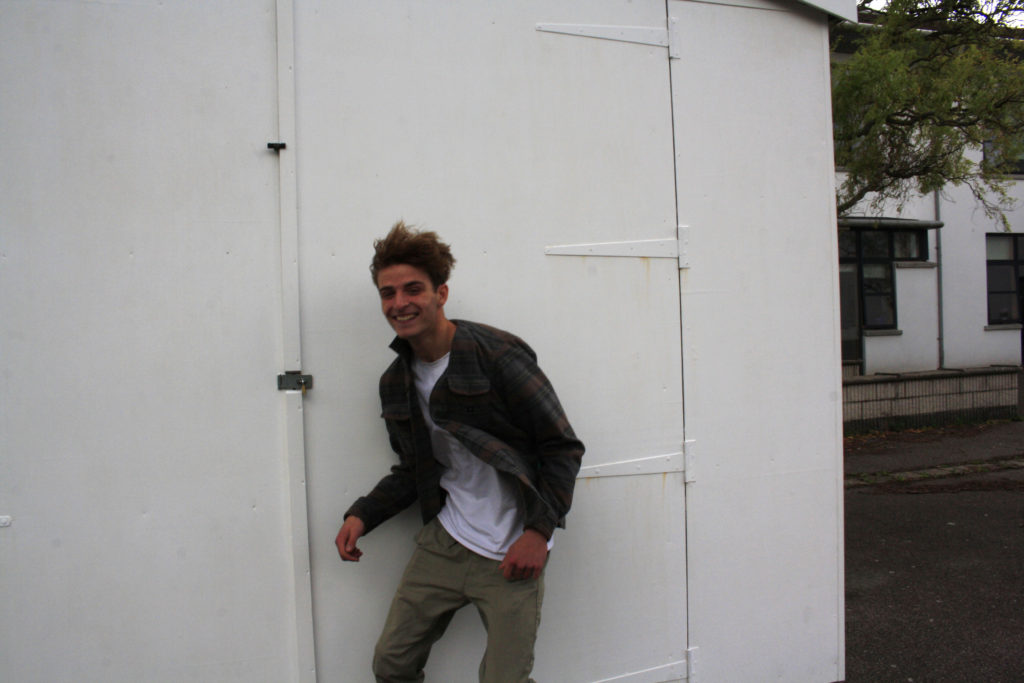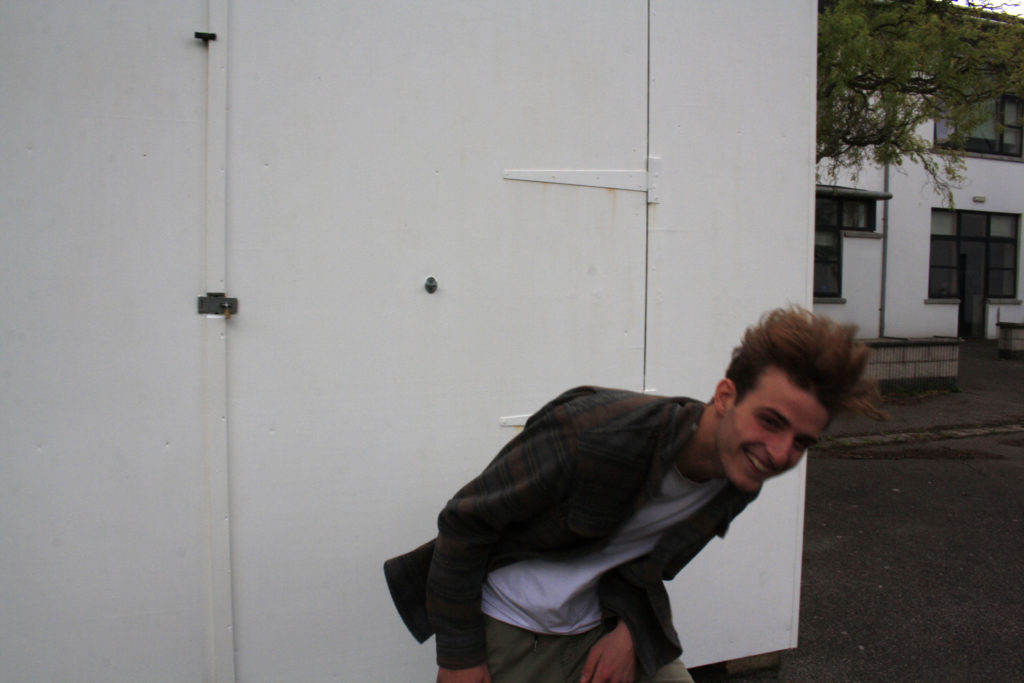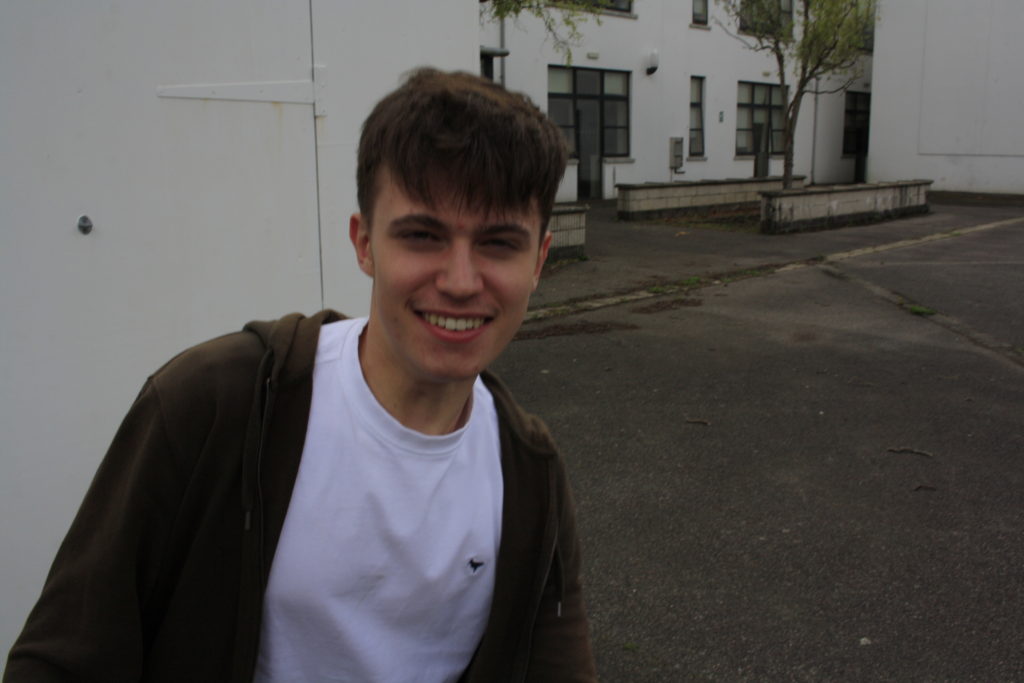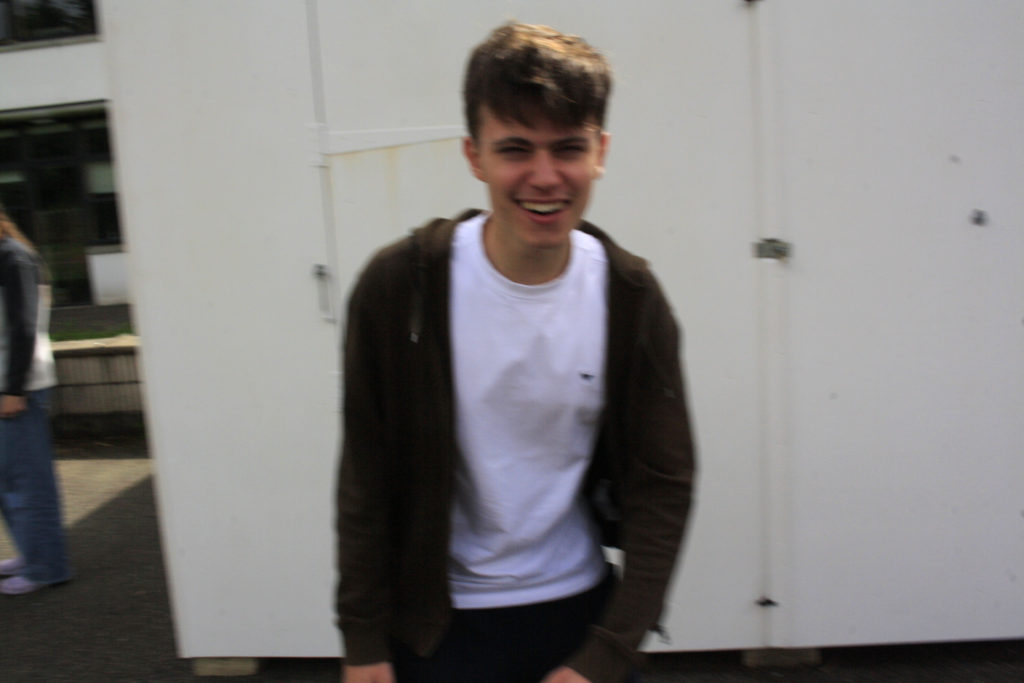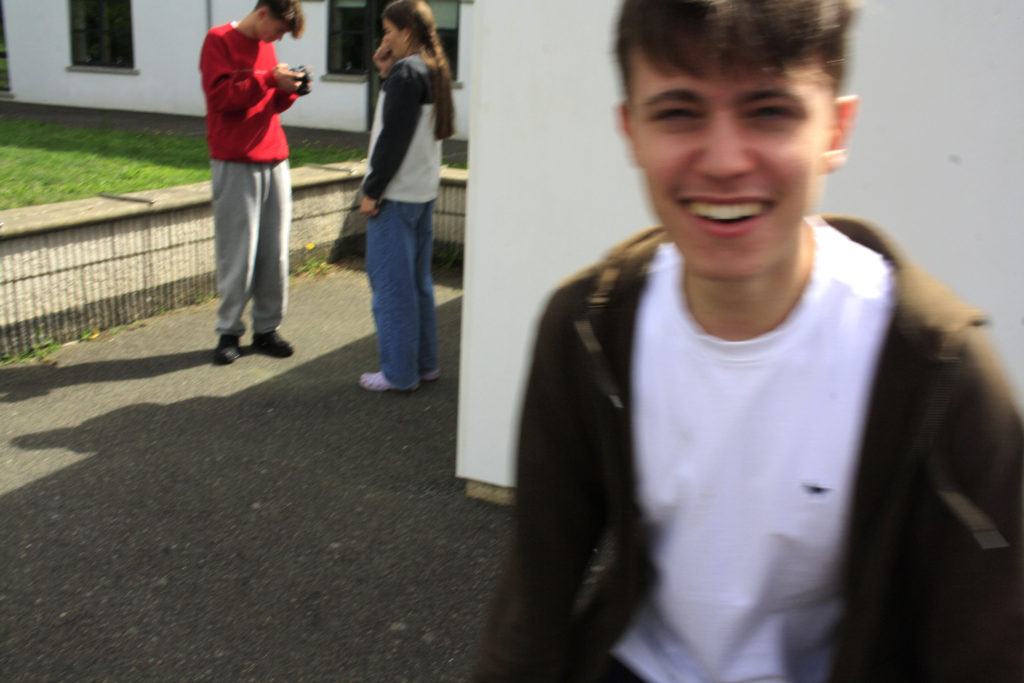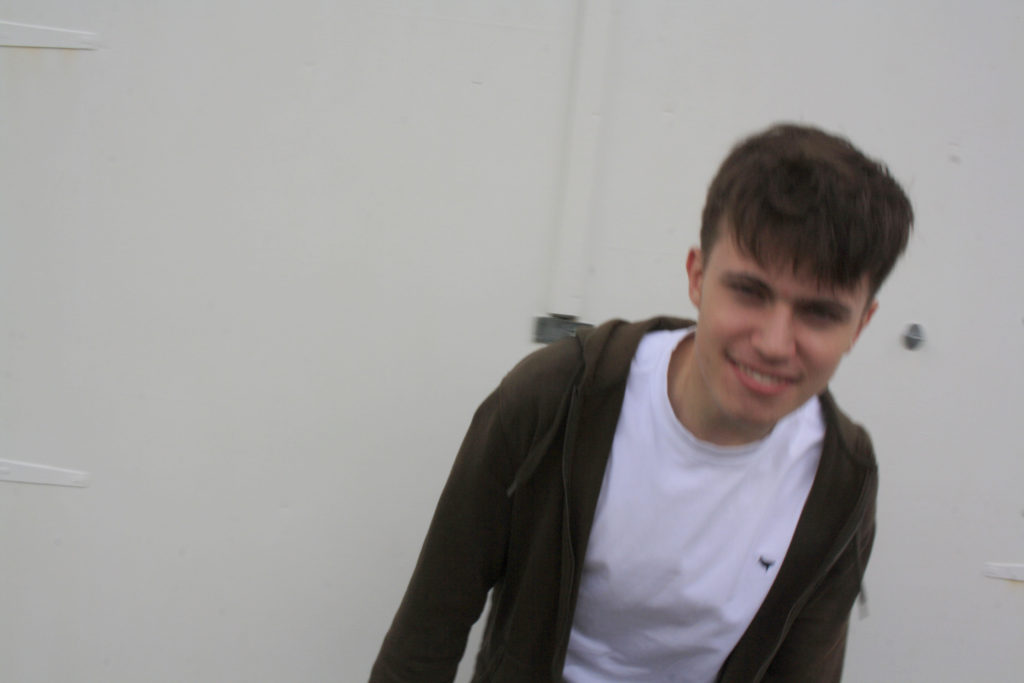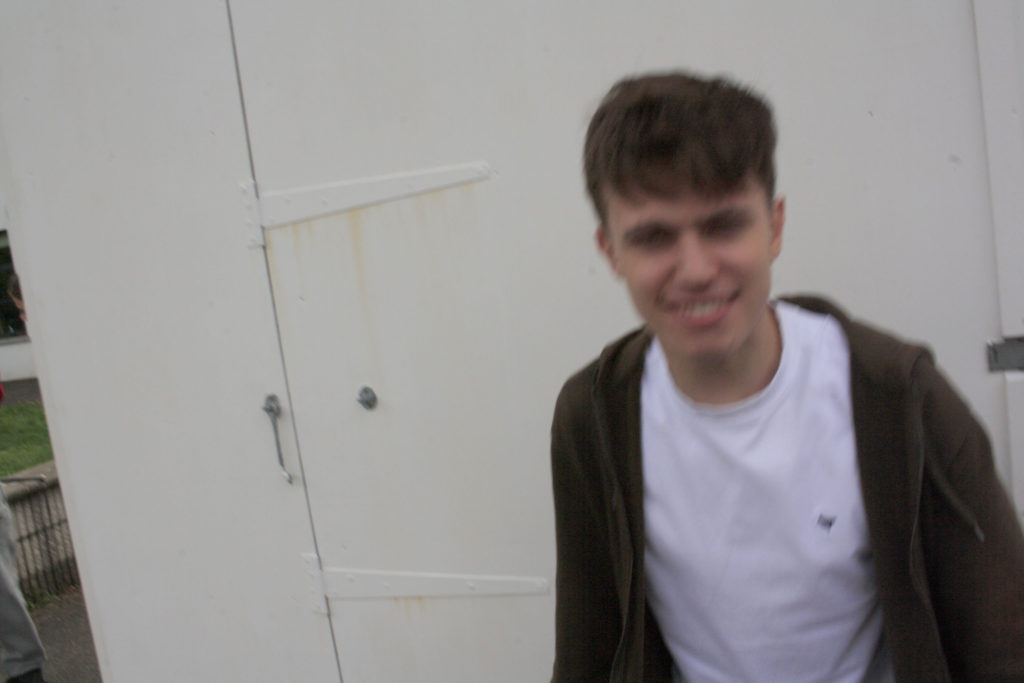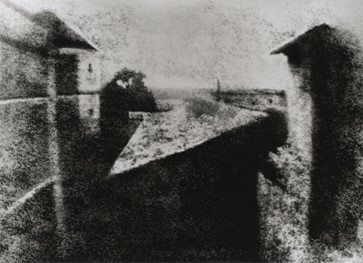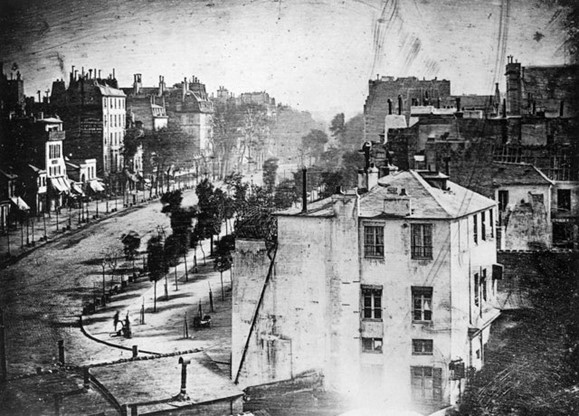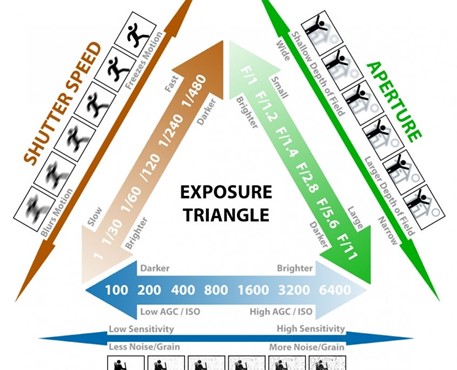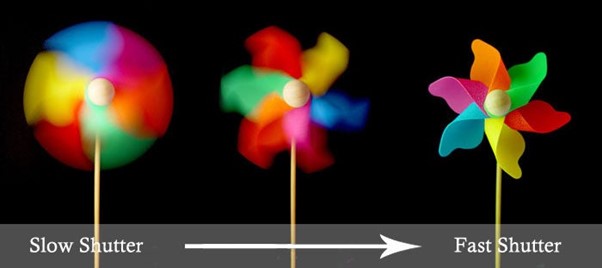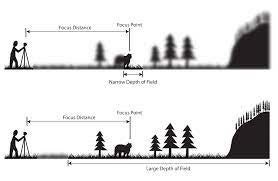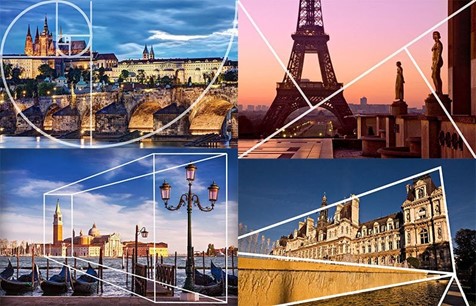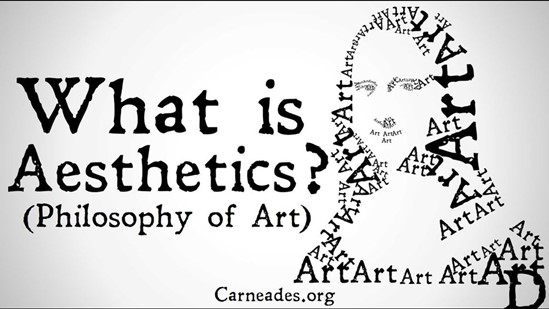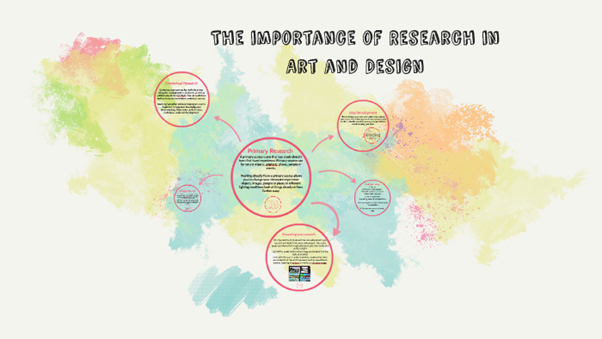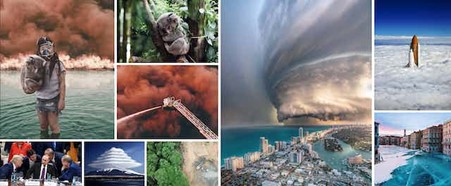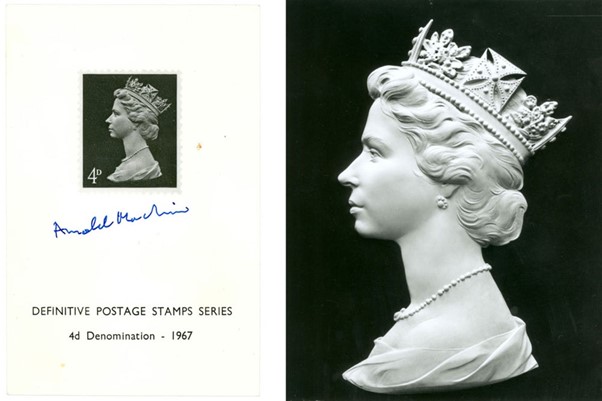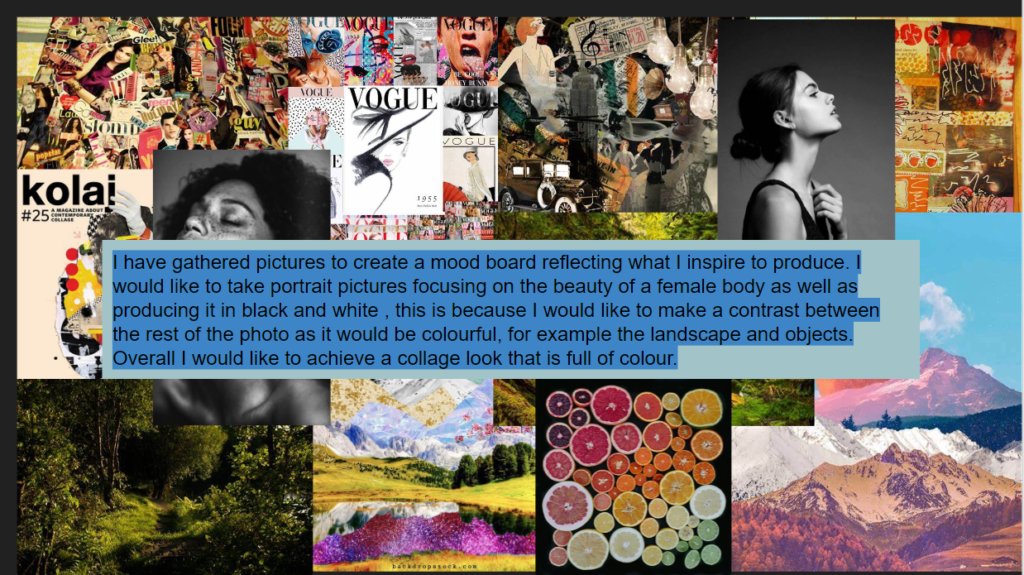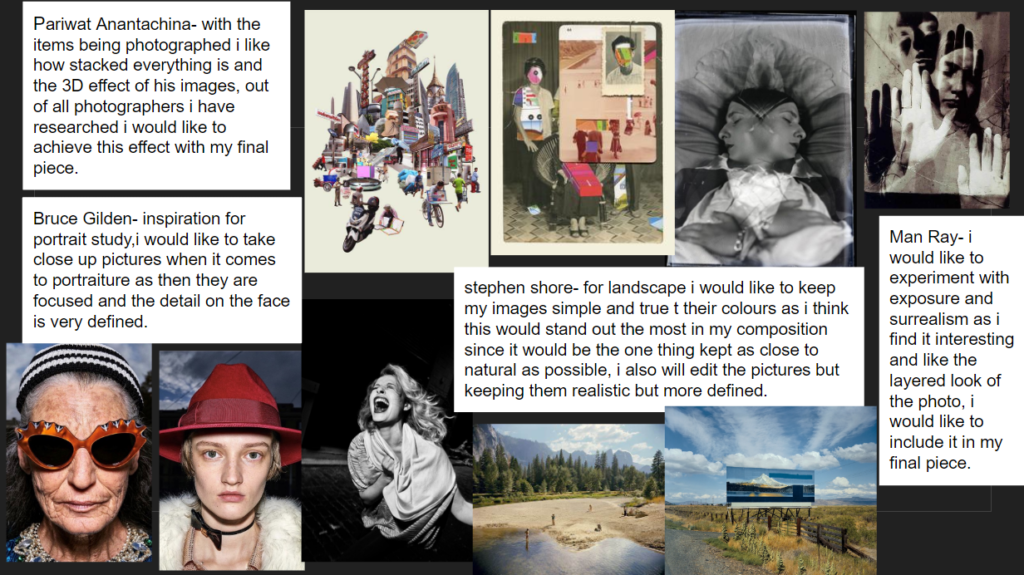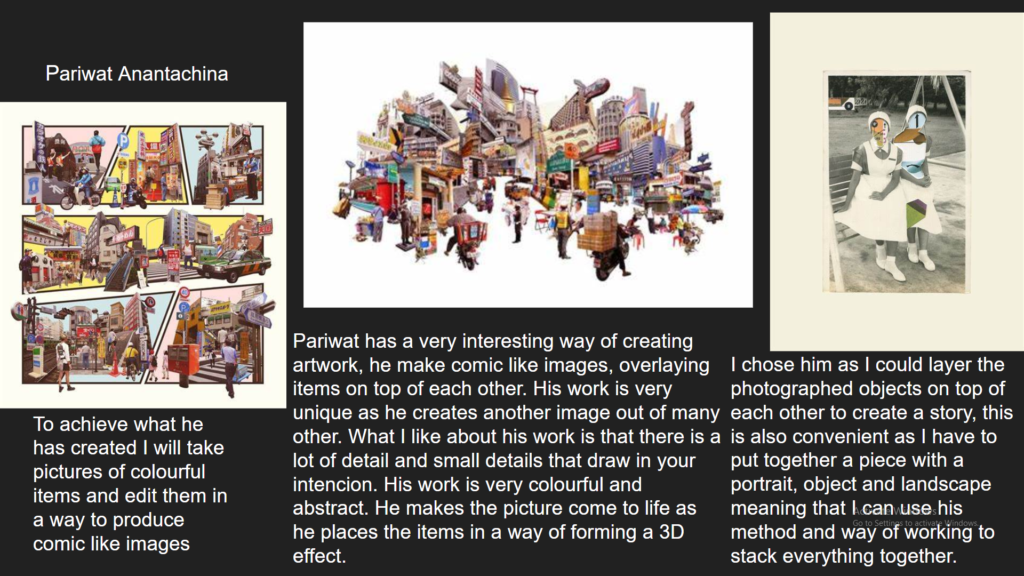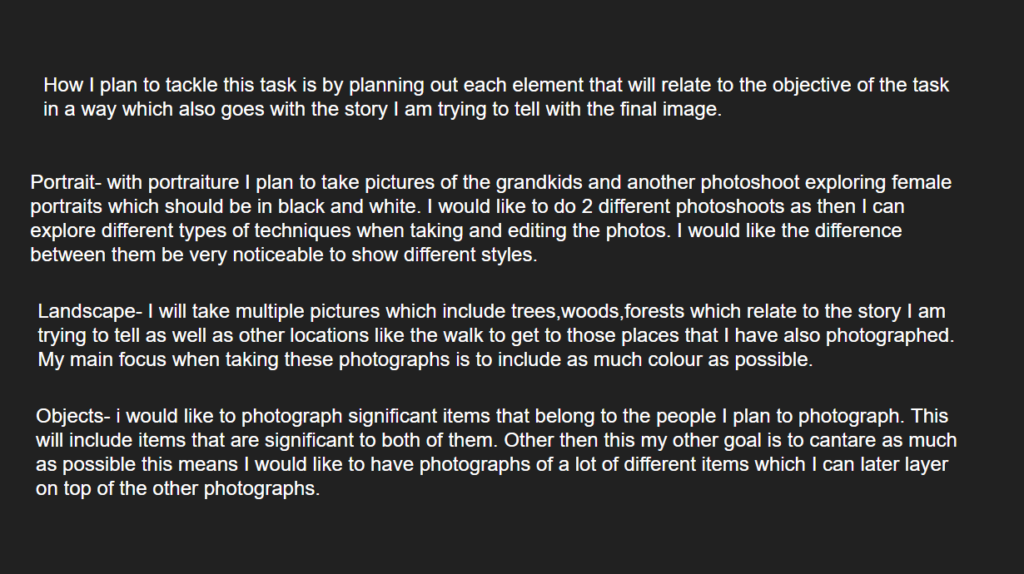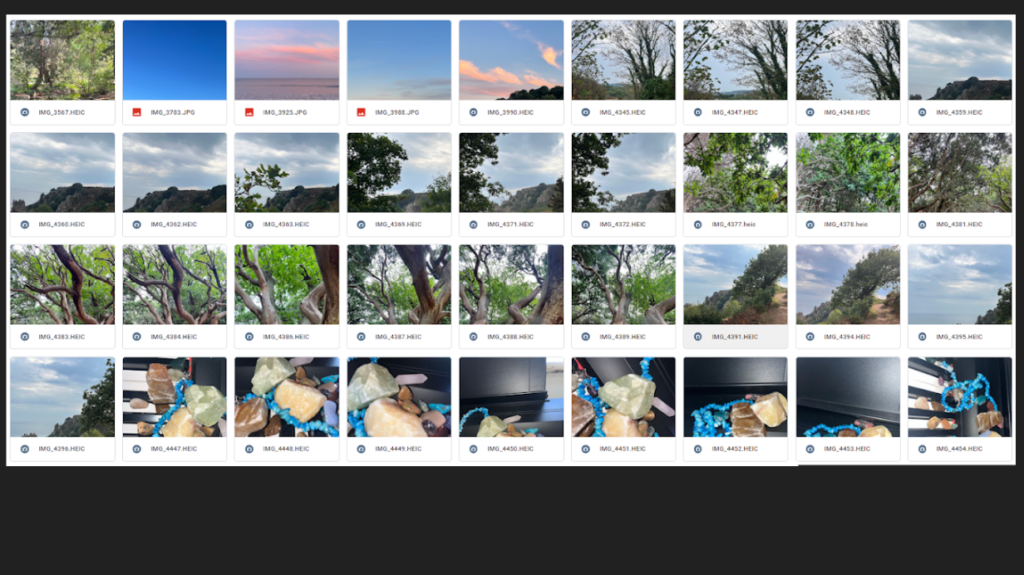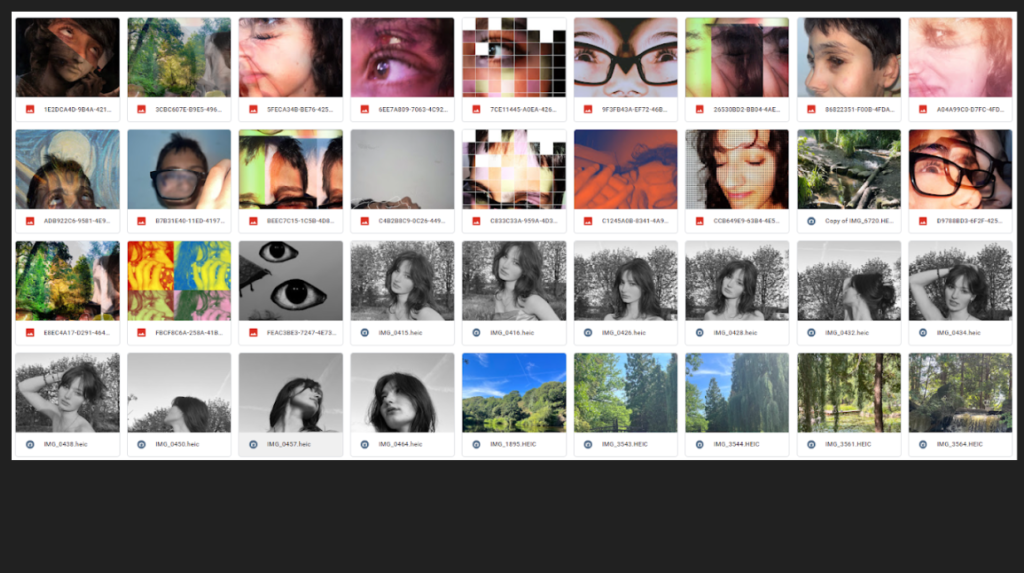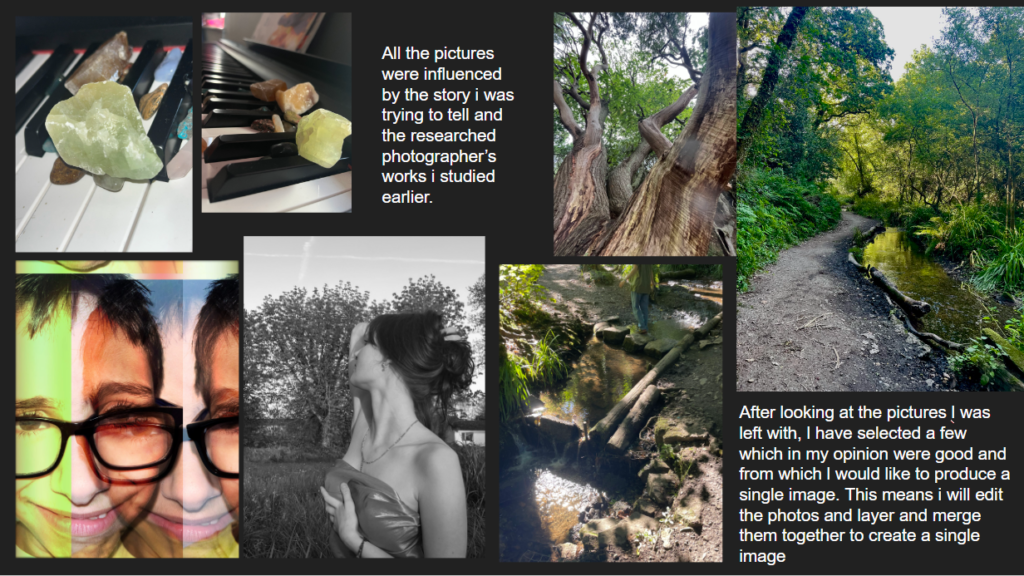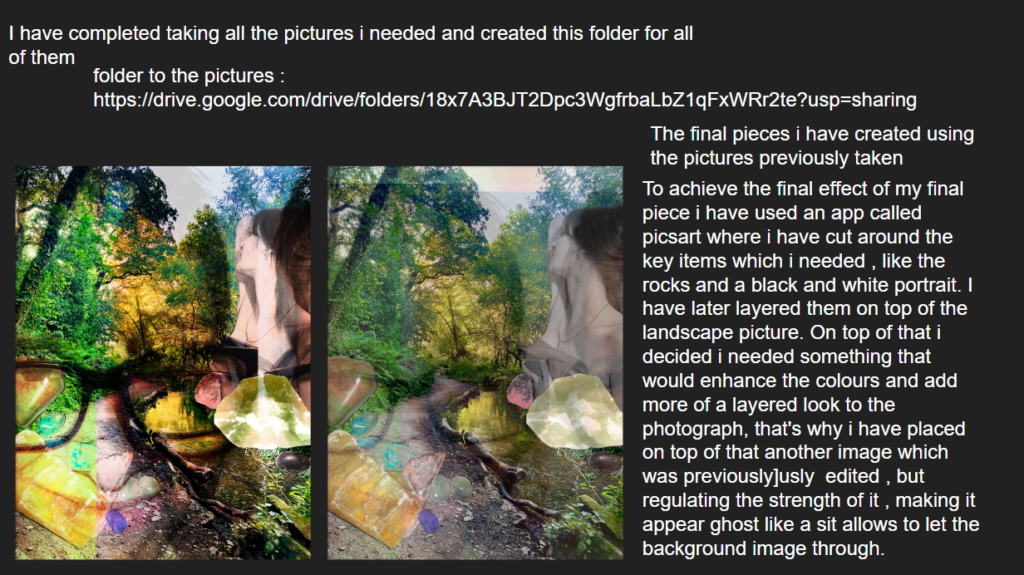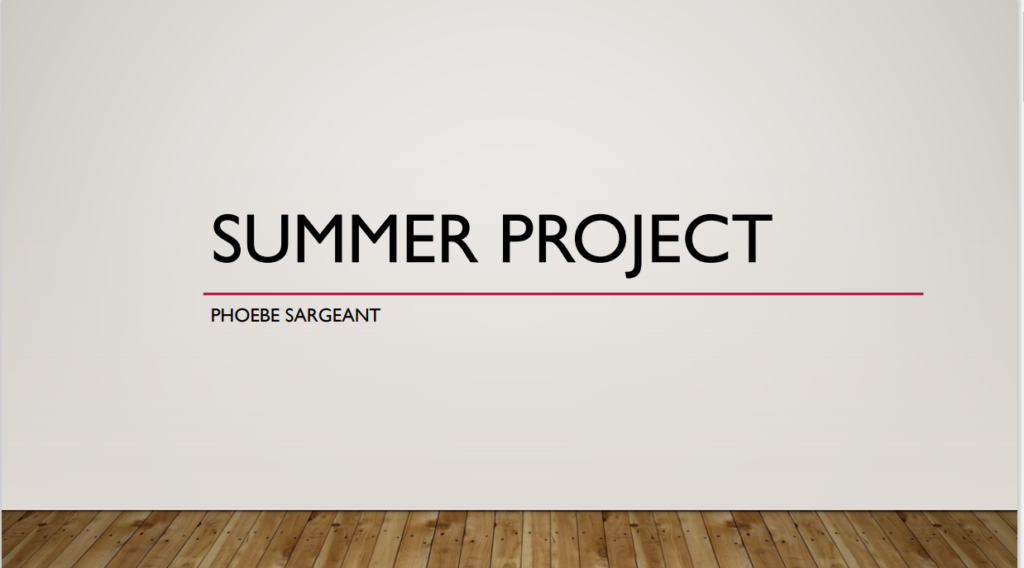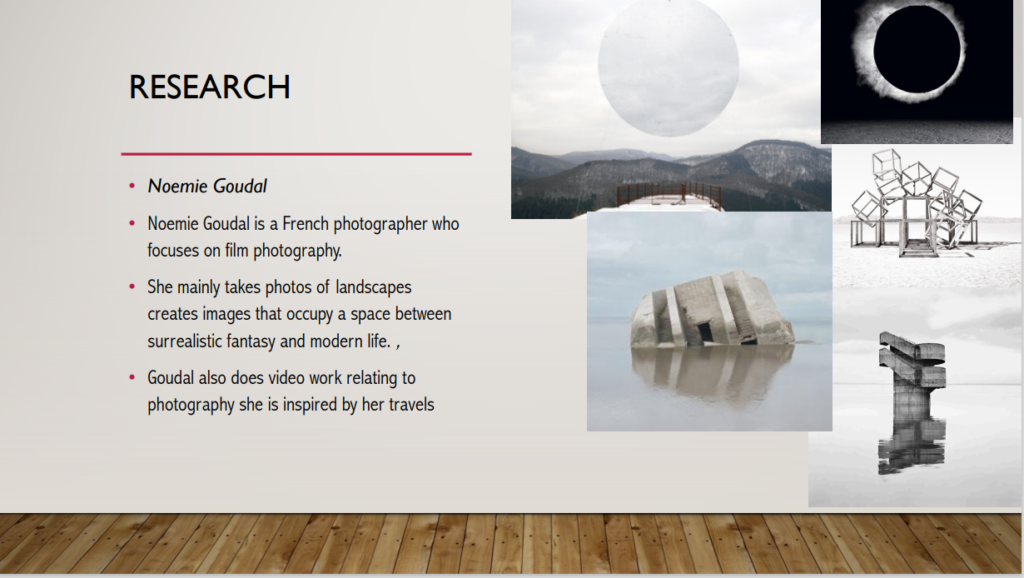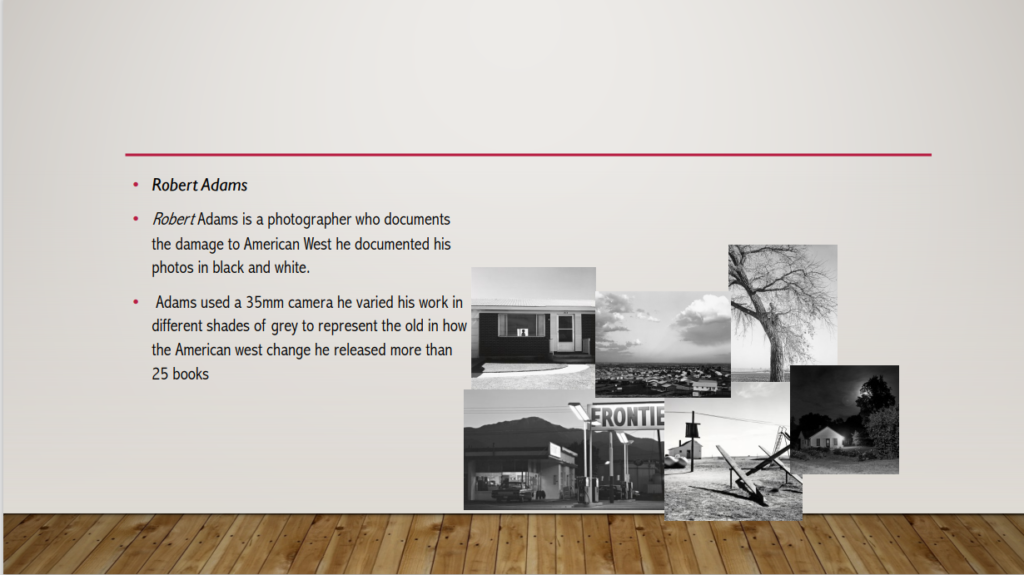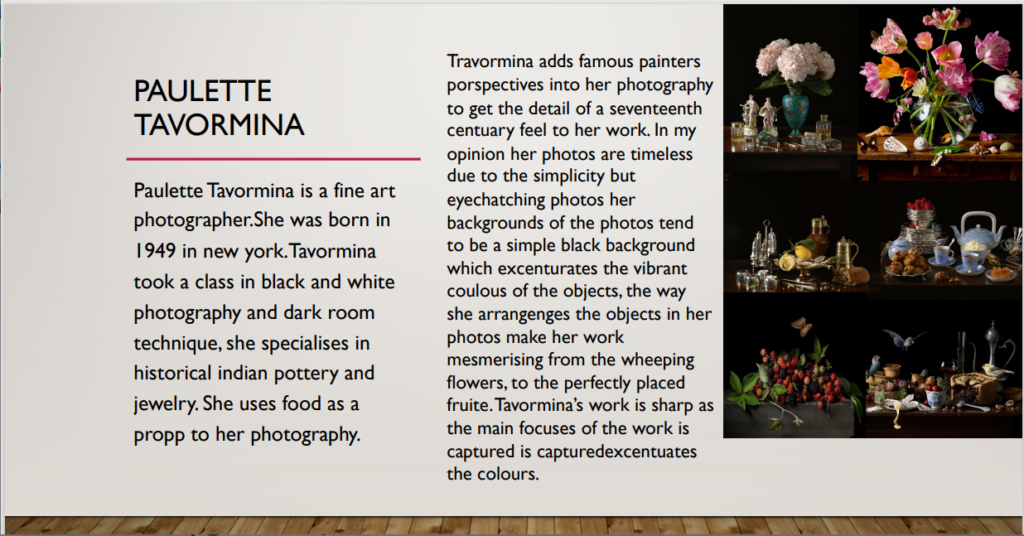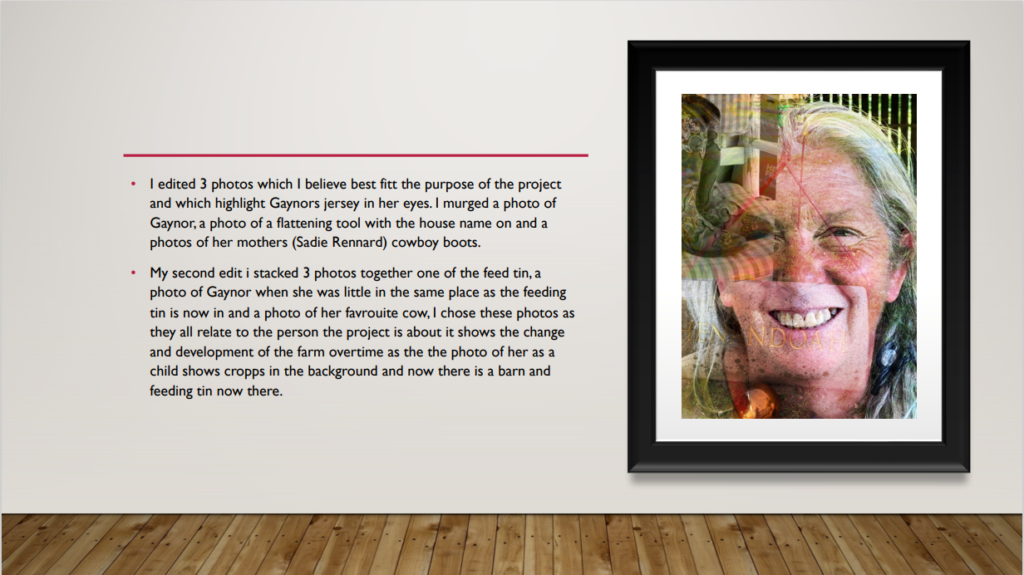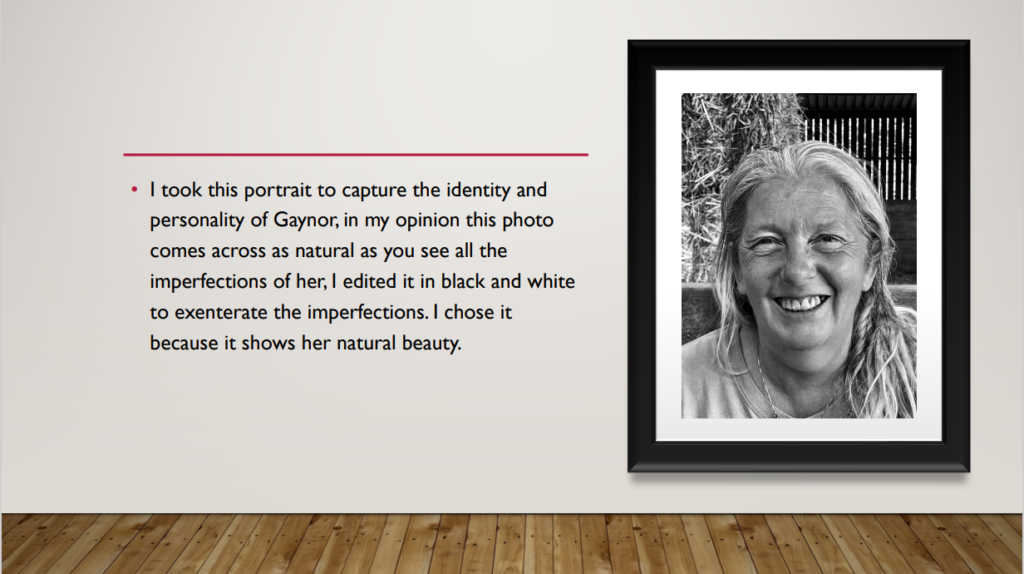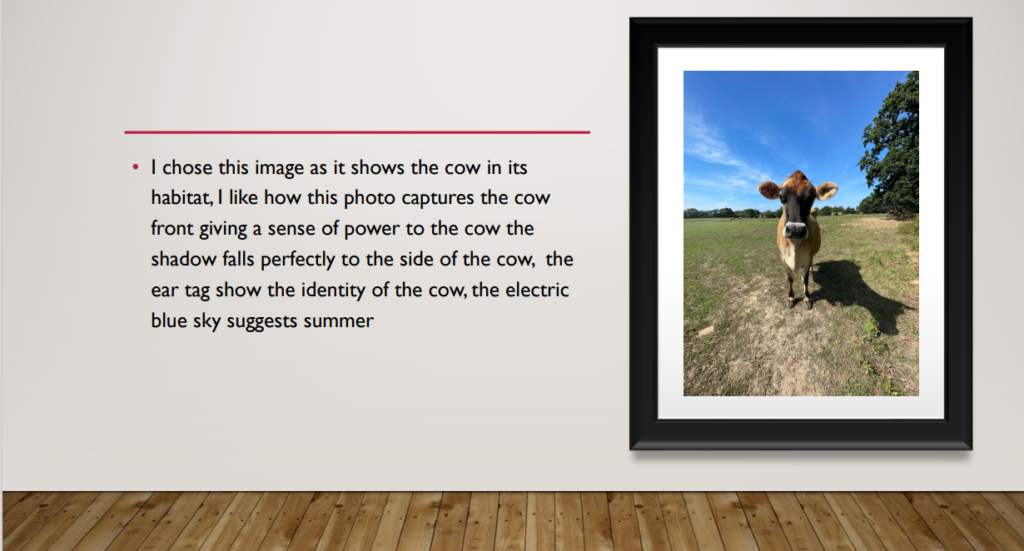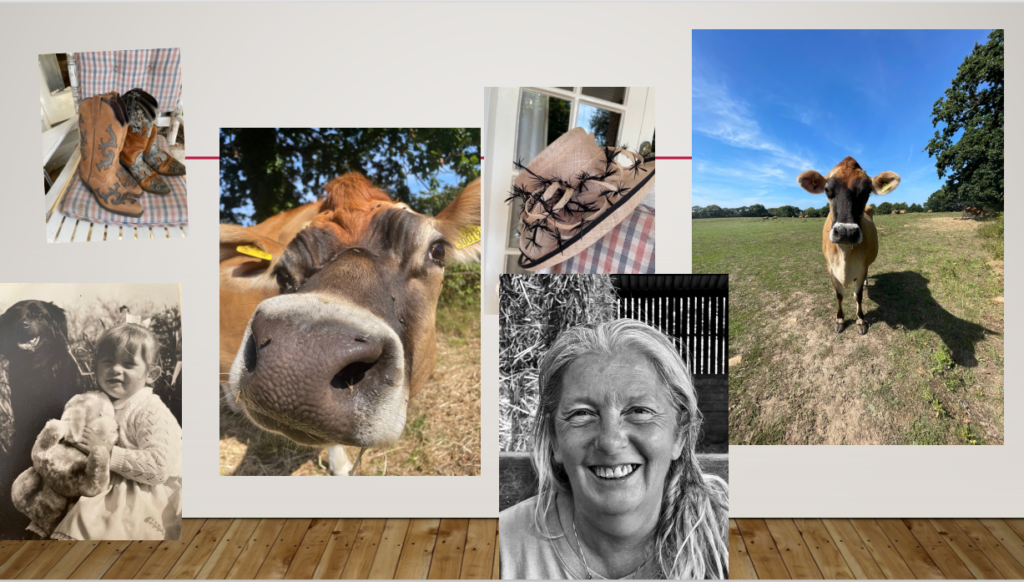Man Ray
Man Ray uses techniques such as “rayographs”without a camera by placing objects such as the thumbtacks,coil of wires, and other circular forms used here-directly on a sheet of photosensitized paper and exposing it to light. Not having any colour allows the viewer to add their own colour into the image, making it somewhat more personal and more their own. The formal elements which are quite important in this piece of work is definitely shape, because it tells you what exactly the image is of, and because there is no colour the photogram technique relays a lot on shape. Rays unique approaches to photography and his ability to explore the unconscious with everyday items. He was also influenced by many people such as Francis Picabia,Jean Auguste Dominique Ingres and Robert Henri.
Photoshoot plan
Concept – Taking Portraits of someone who has a relation to Jersey
Location – Jersey, Trinity
Equipment – DSLR Camera, Model
Shot Type – Straight on, Portrait
Lighting – Natural, Soft
Contact Sheet – Person

I took a range of images of my Dad in his spear fishing kit, in different areas to create a selection of images to choose from. From these images I narrowed it down to 3 images to Edit.
Image Selection
I choose these images as I felt they are in focus and the facial expressions show how much he enjoys fishing in Jersey.
Photoshoot Plan
Concept – Images of still objets with relation to the portrait
Location – St Helier Harbour
Equipment – I-Phone Camera
Shot type – high
Pieter Claesz
He painted with tangible detail and carefully observed light effects, and sought to enhance the illusion of reality by arranging objects on the table so that they appear to recede in space. Between 1630 and 1640 Claesz adopted a more subdued, monochromatic palette.His images reflect a dark somber mood, his use of lighting creates this feel.The style of still life was called Vanitas. It shows worldly things are worthless when you die. This was a depressing view on the world. Pieter Claesz was influenced by the artist movement ‘Vanitas’.
In my attempt of recreating still life, I photographed small boats.
Contact Sheet – Object
For my objects I took images of small boats in the harbour, which links to the idea of my Dads passion of fishing in the jersey waters. Also creating an abstract feel to the photographs. Many of the small boats have lots of colour making the pictures interesting.
Image Selection
Experimenting changing my images into black and white
Final 3 images
These 3 images link to the theme of my jersey as my Dad has been passionate about fishing and spearing fishing all his life. Taking part in many local competitions round the island, his love for fishing carries on through the family encouraging my younger brother to also take part. Some of his favourite places to fish is down at Boyley Bay and Portlet. Growing up around the beaches on the island the sea is home for my Dad and our family. Many of our family memories were made on the beaches and on boats.

